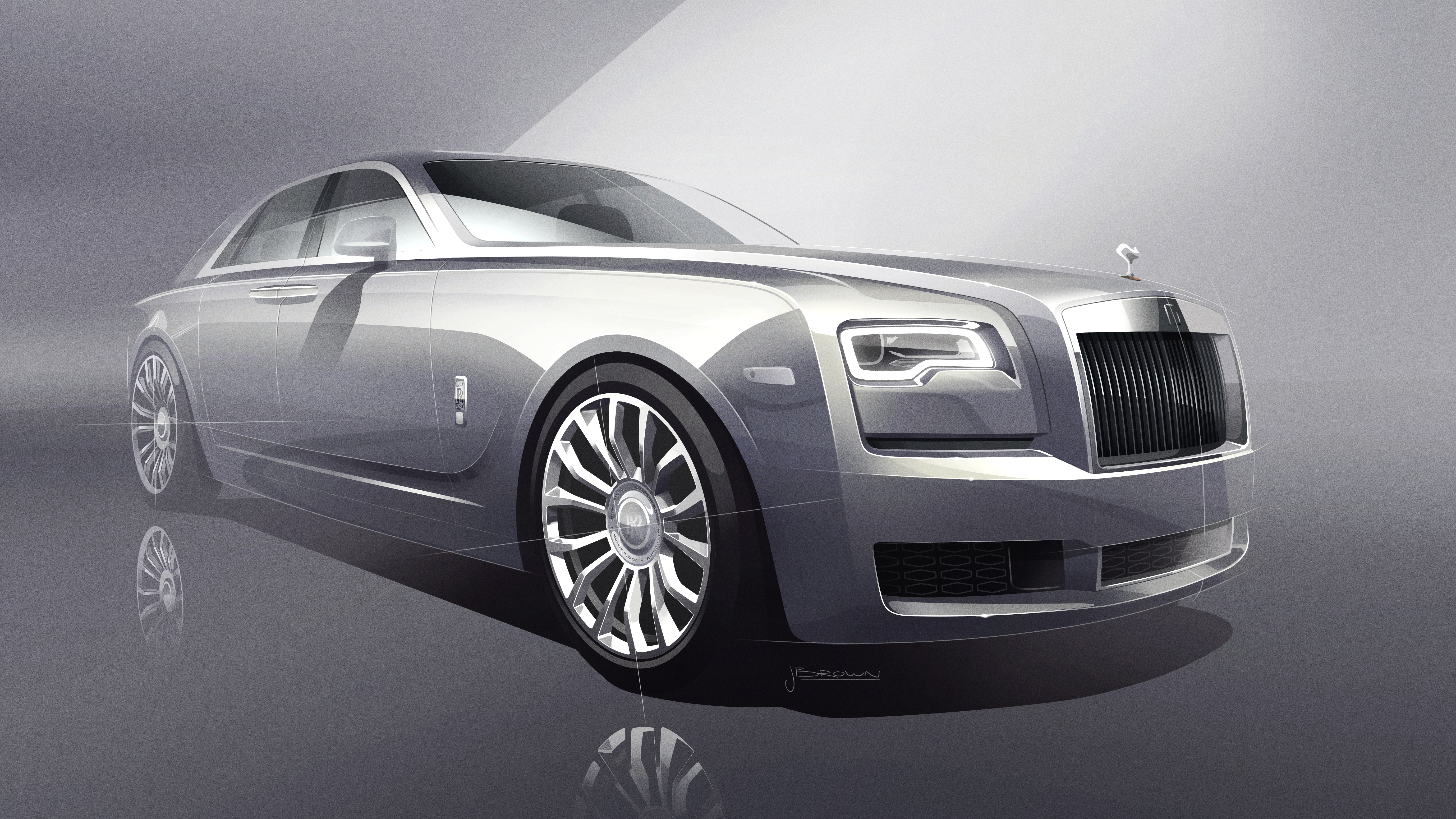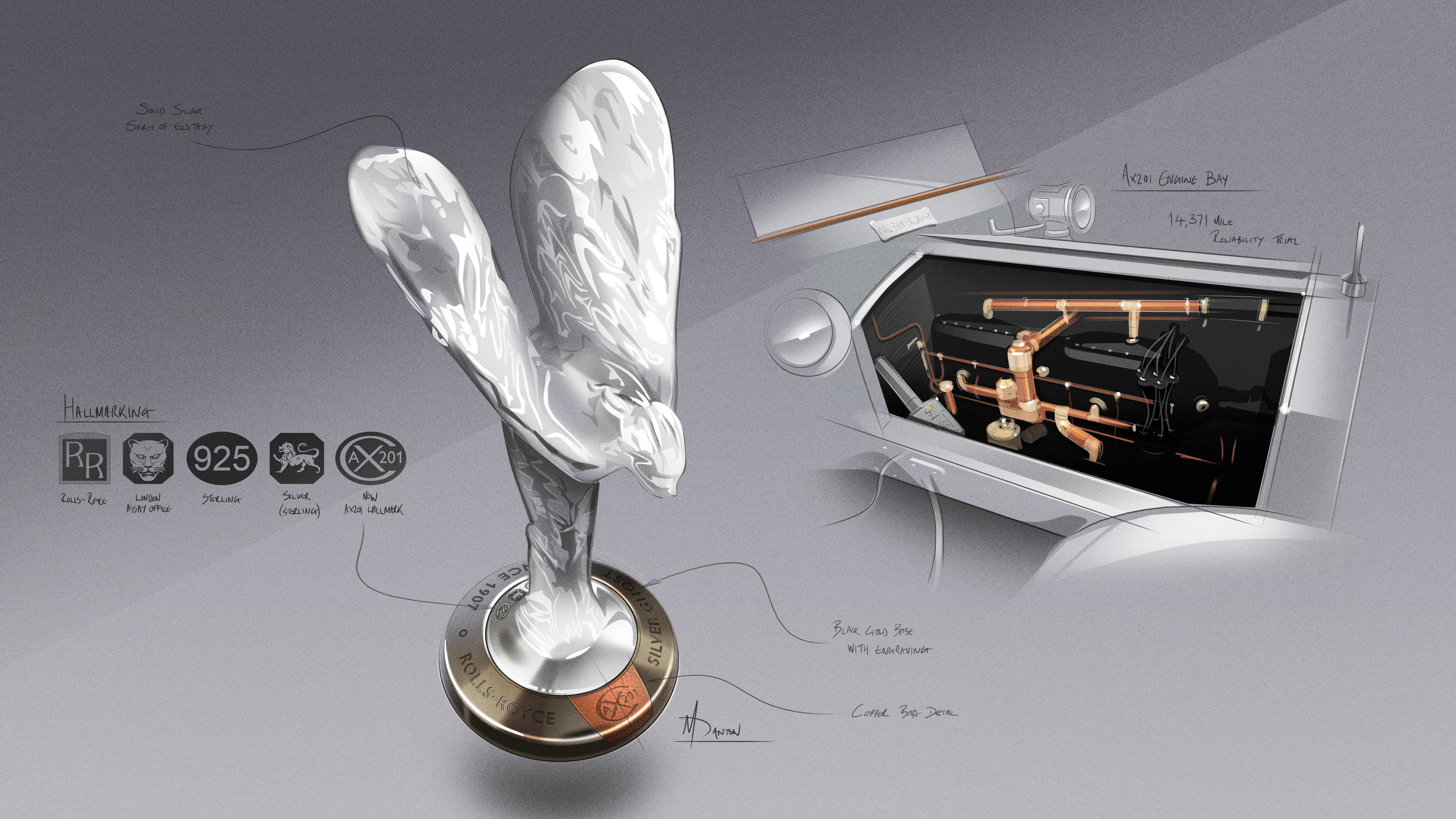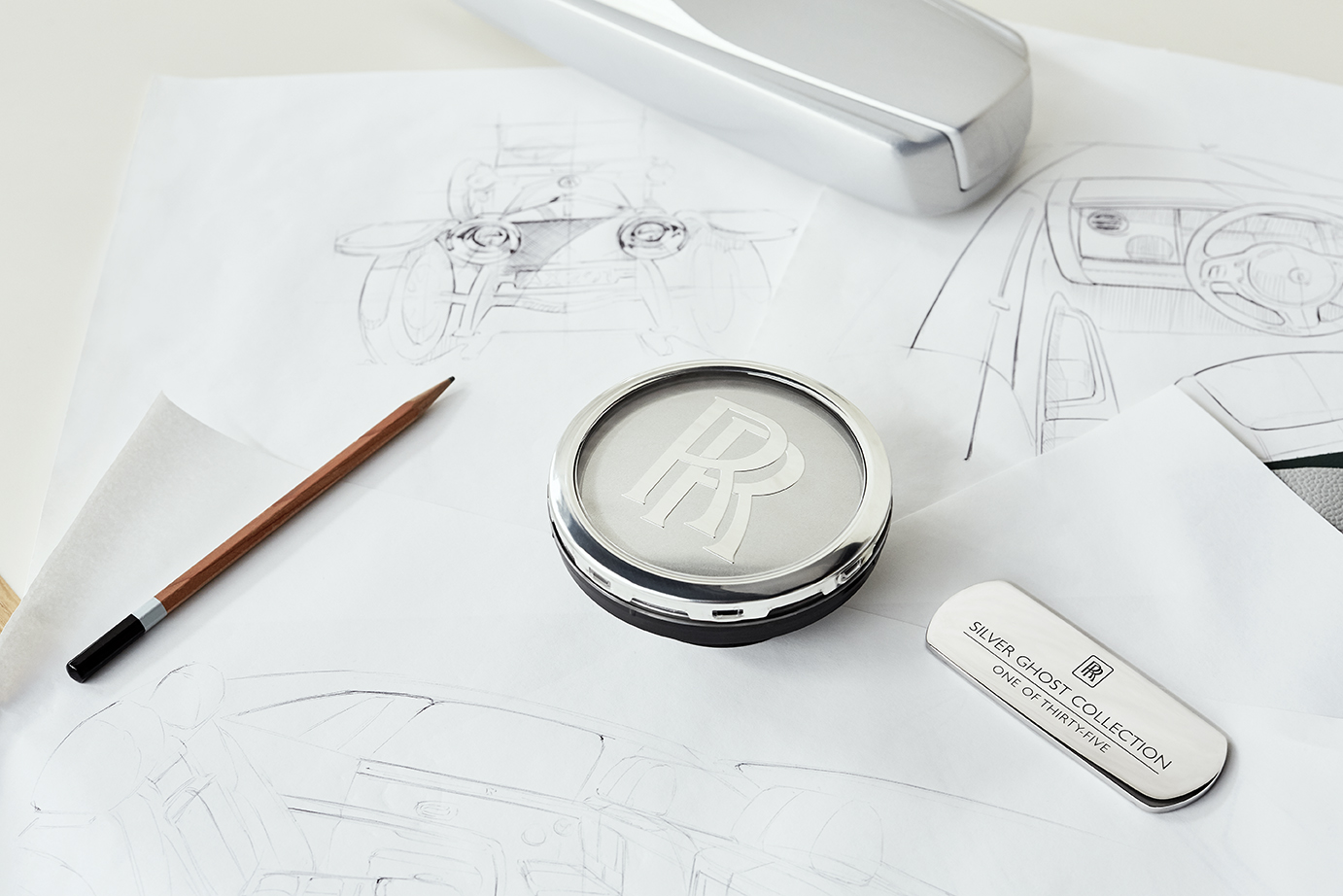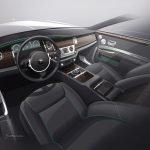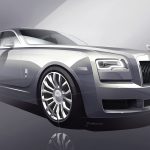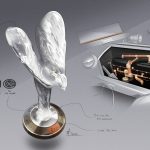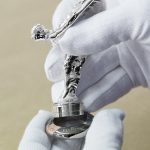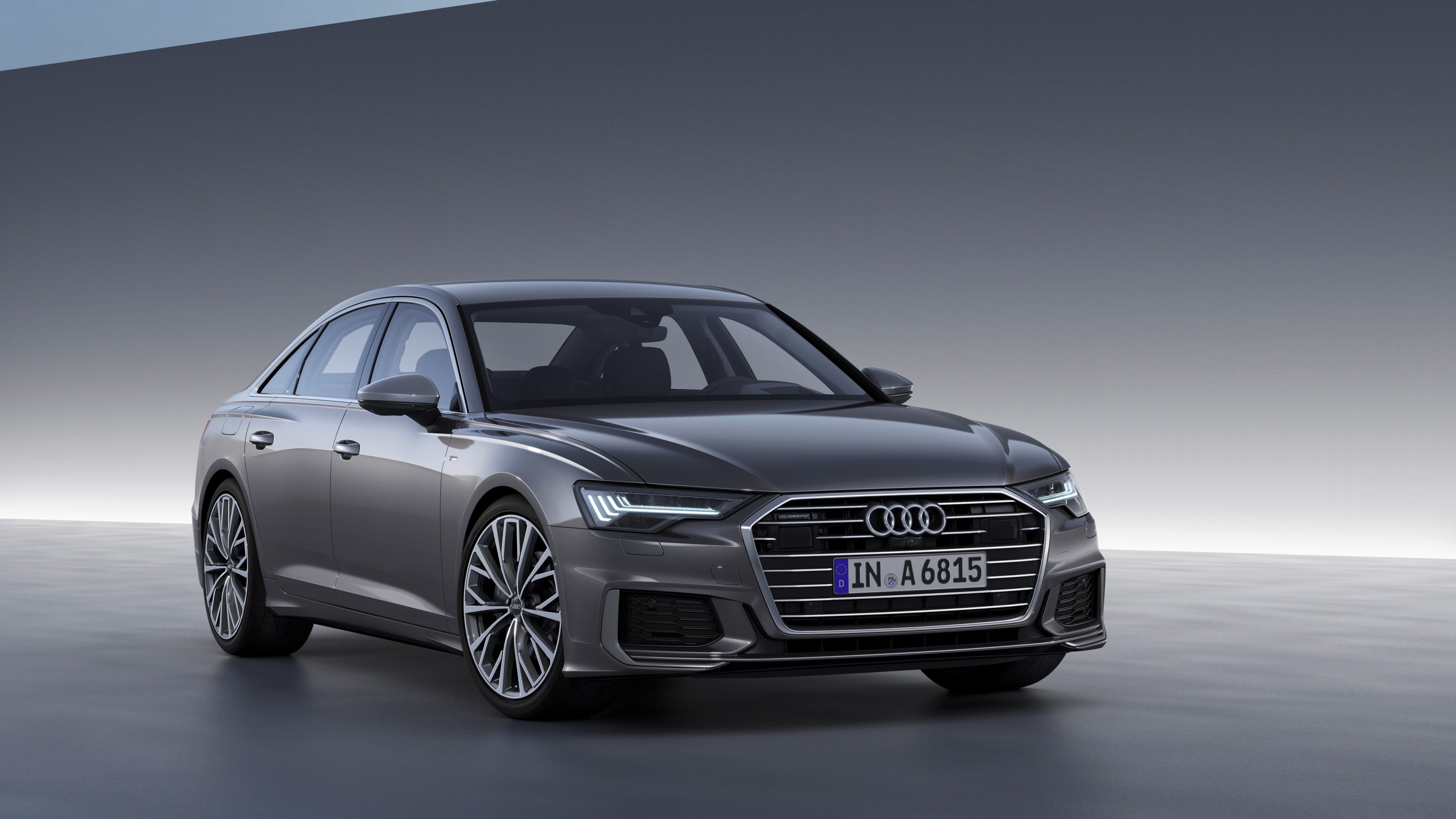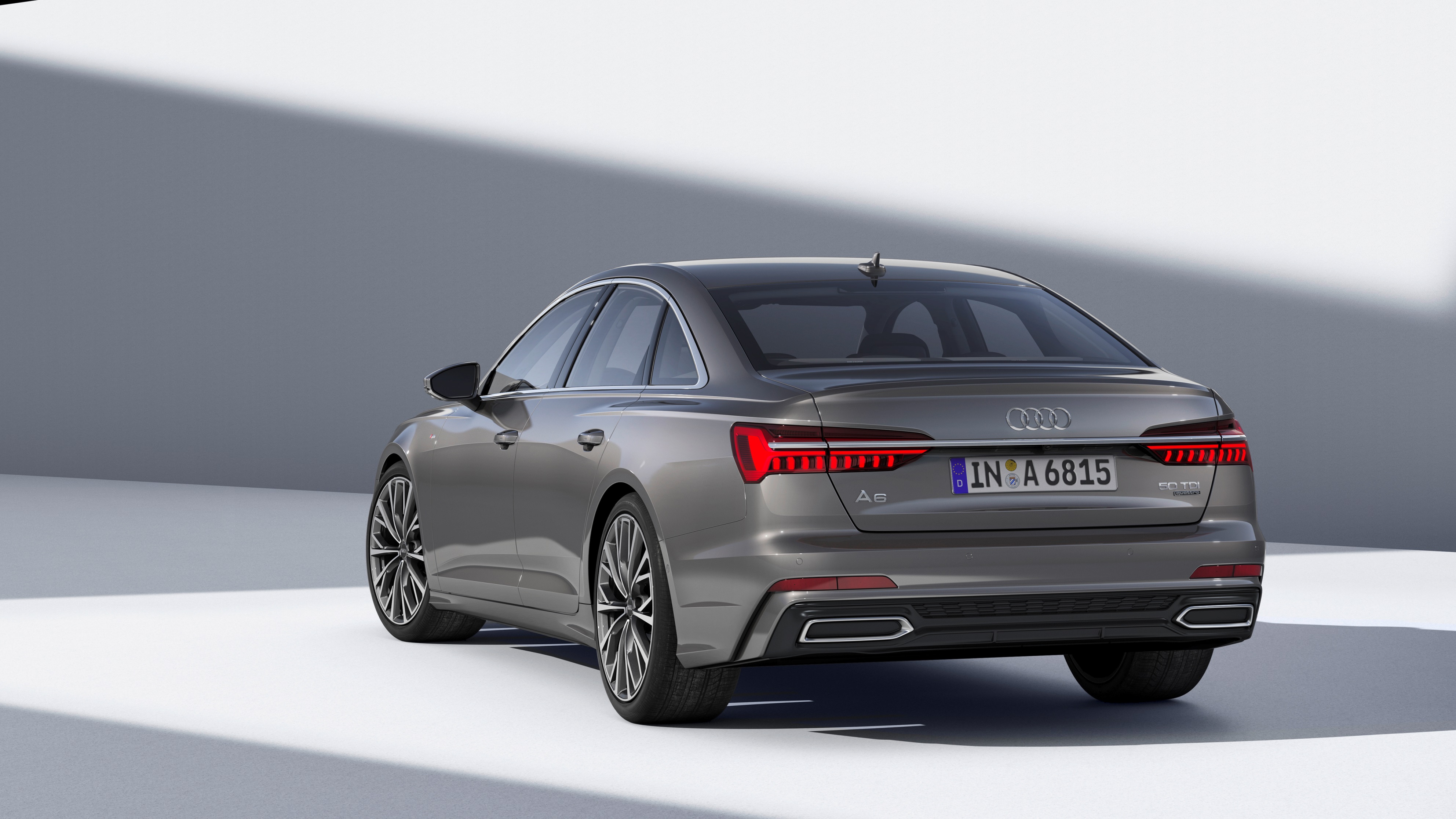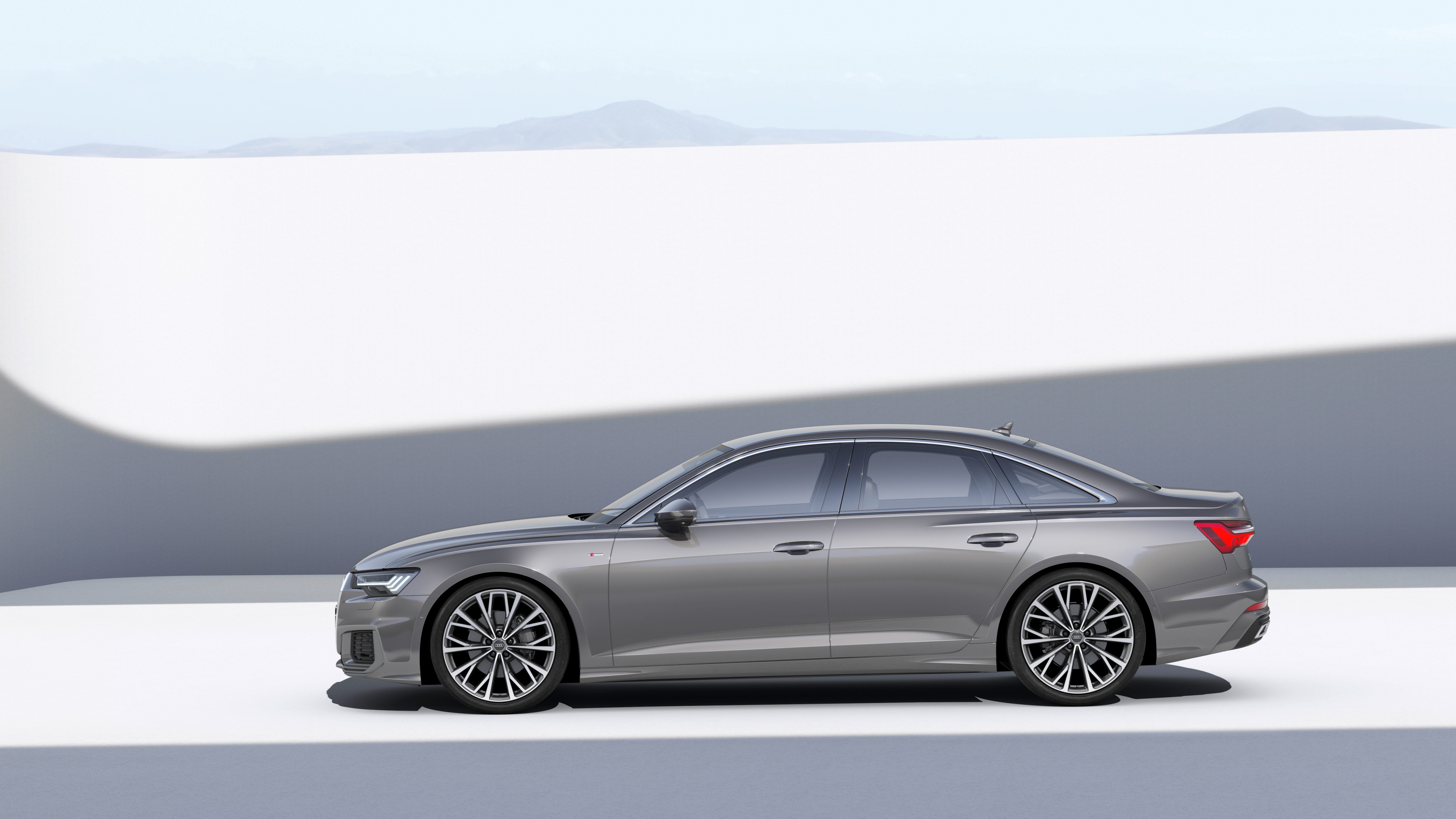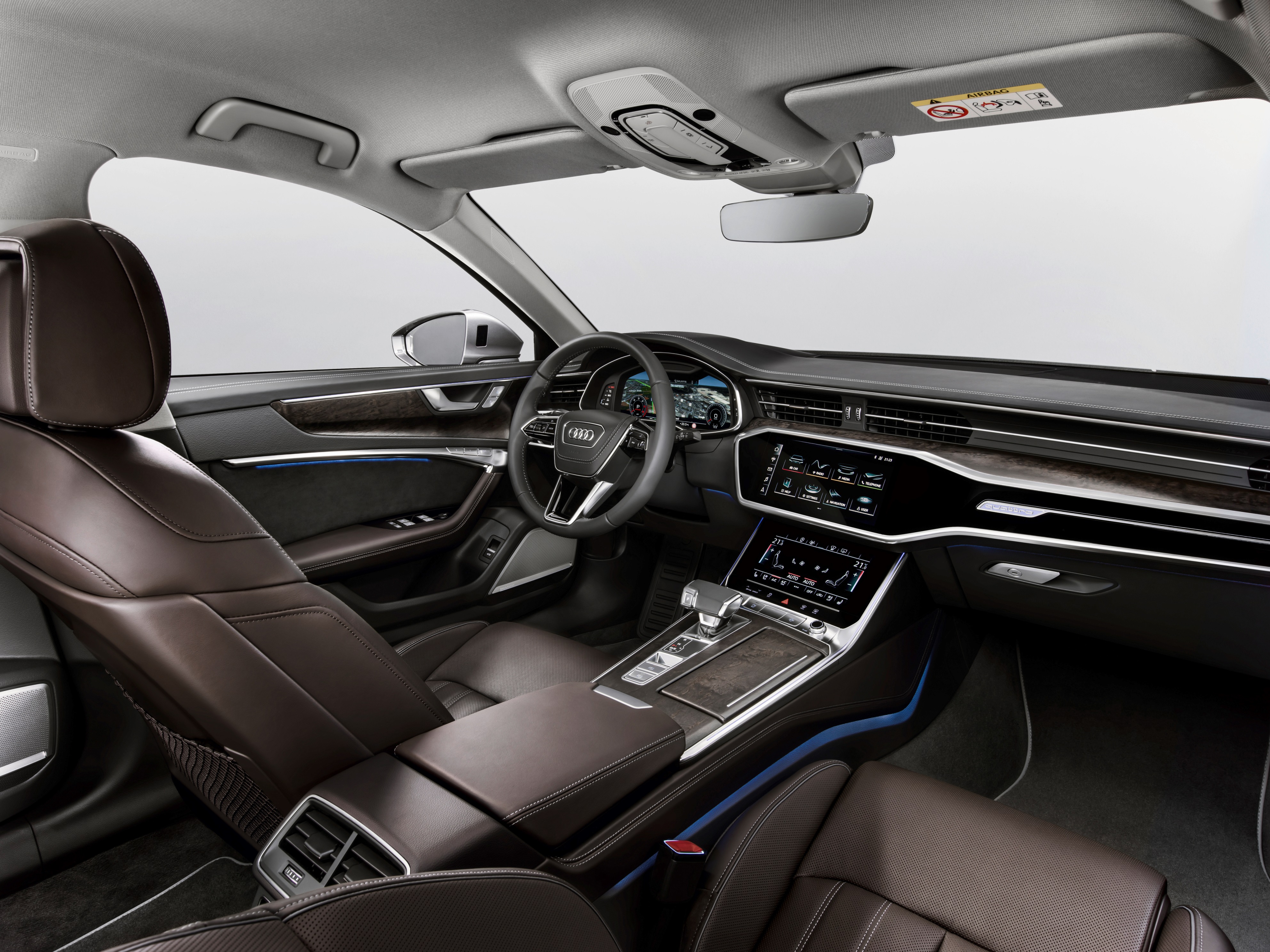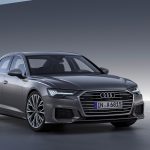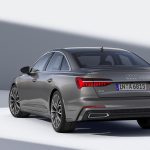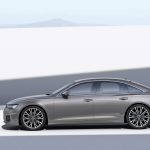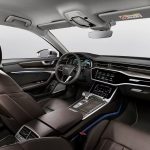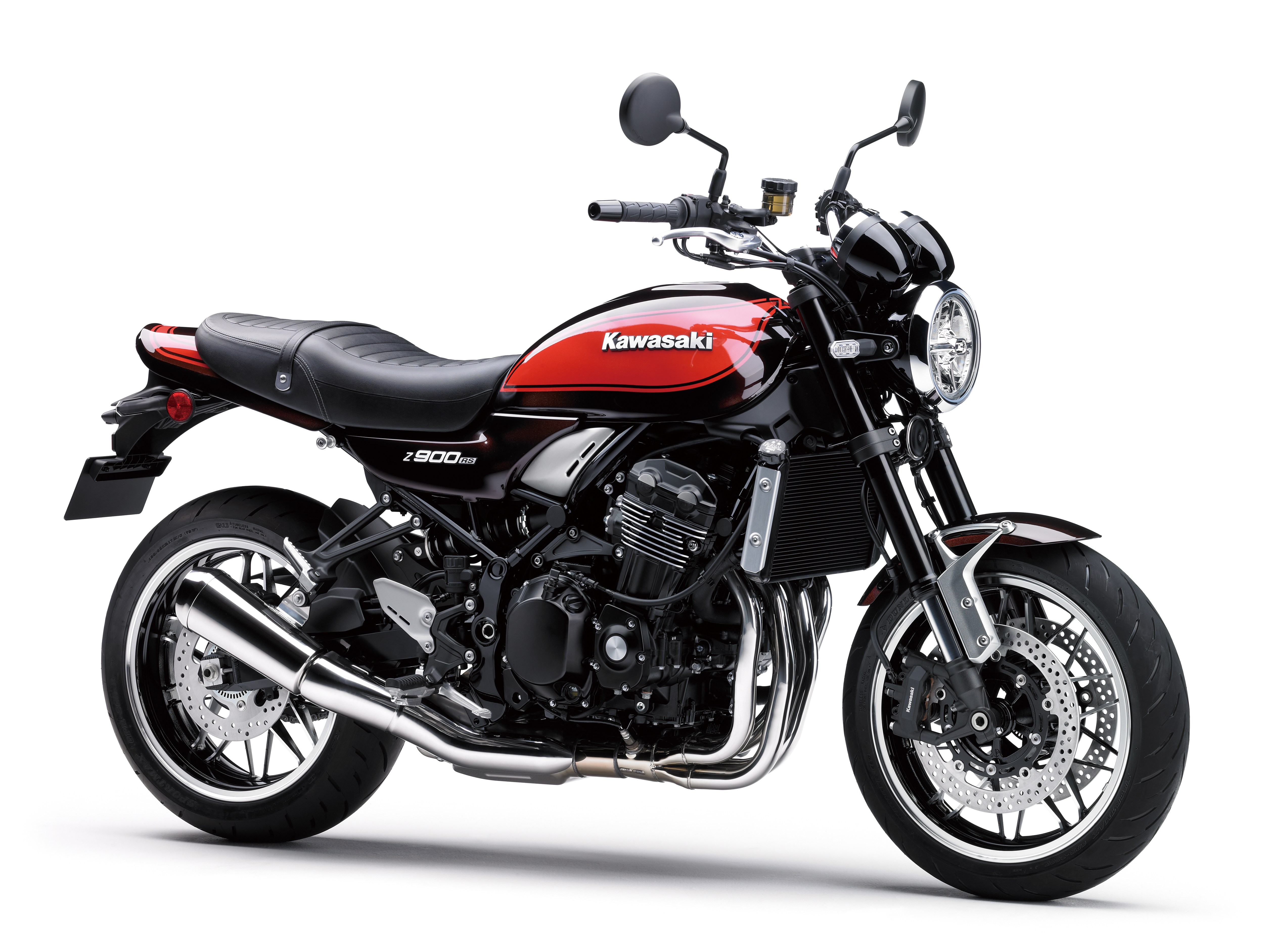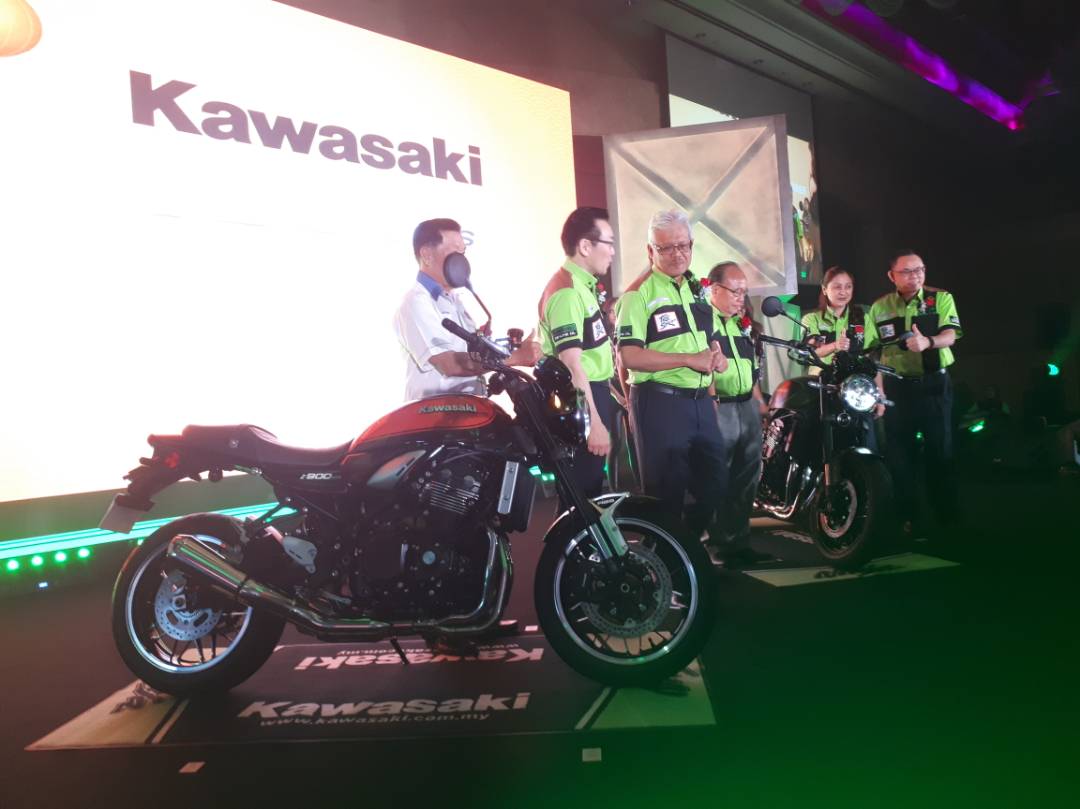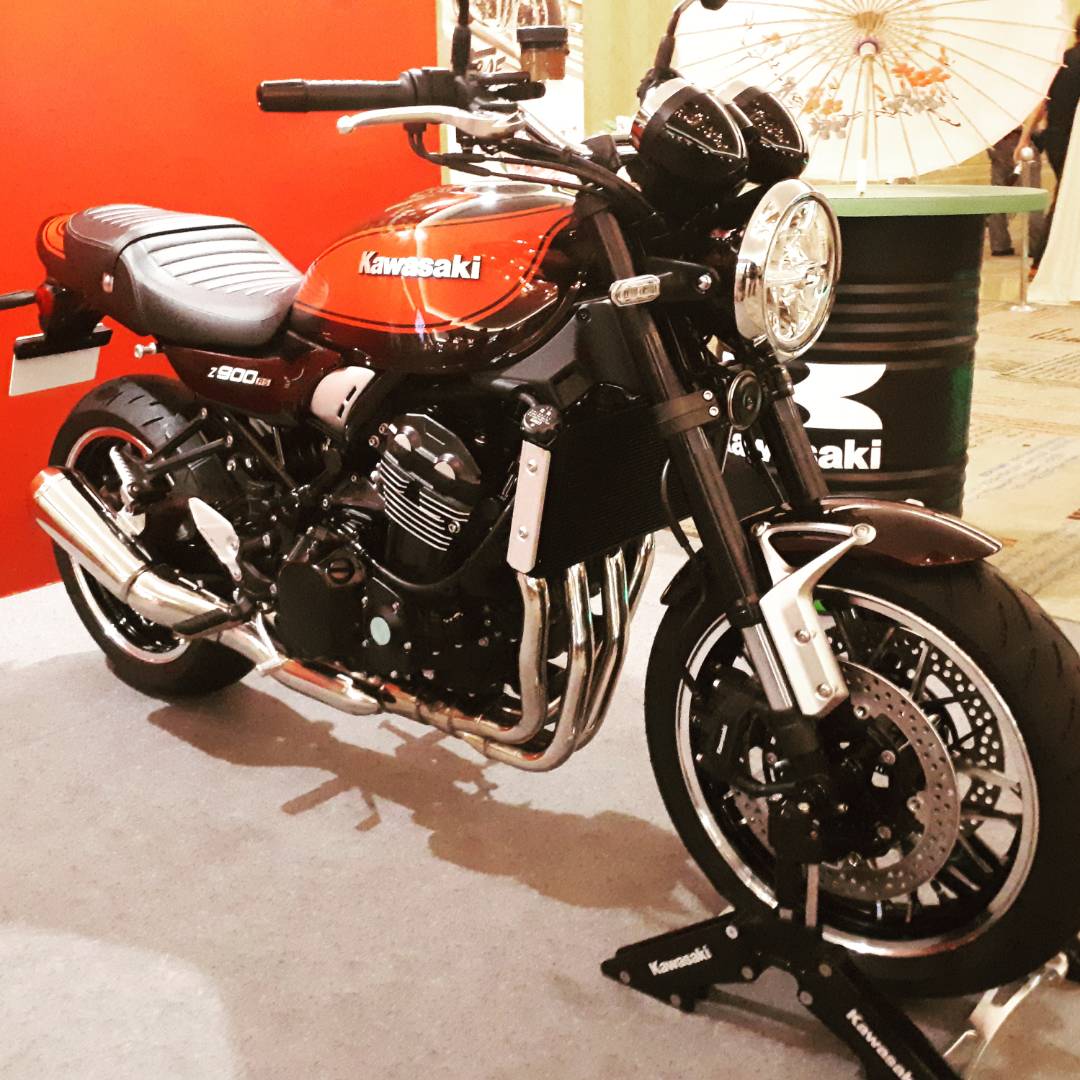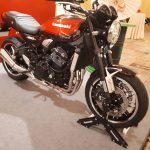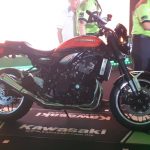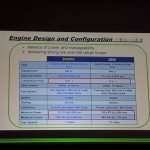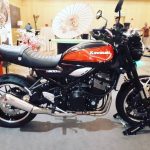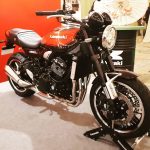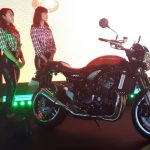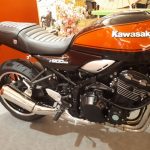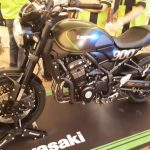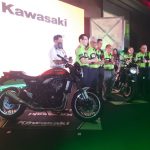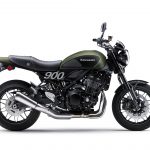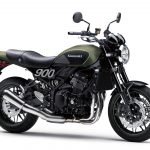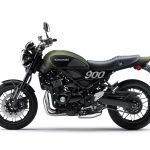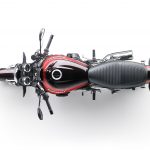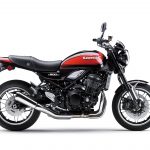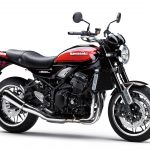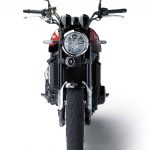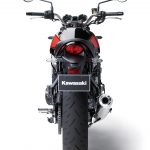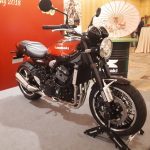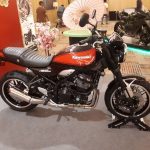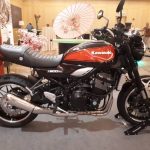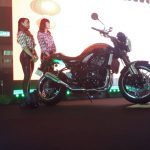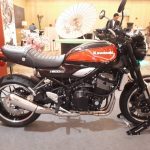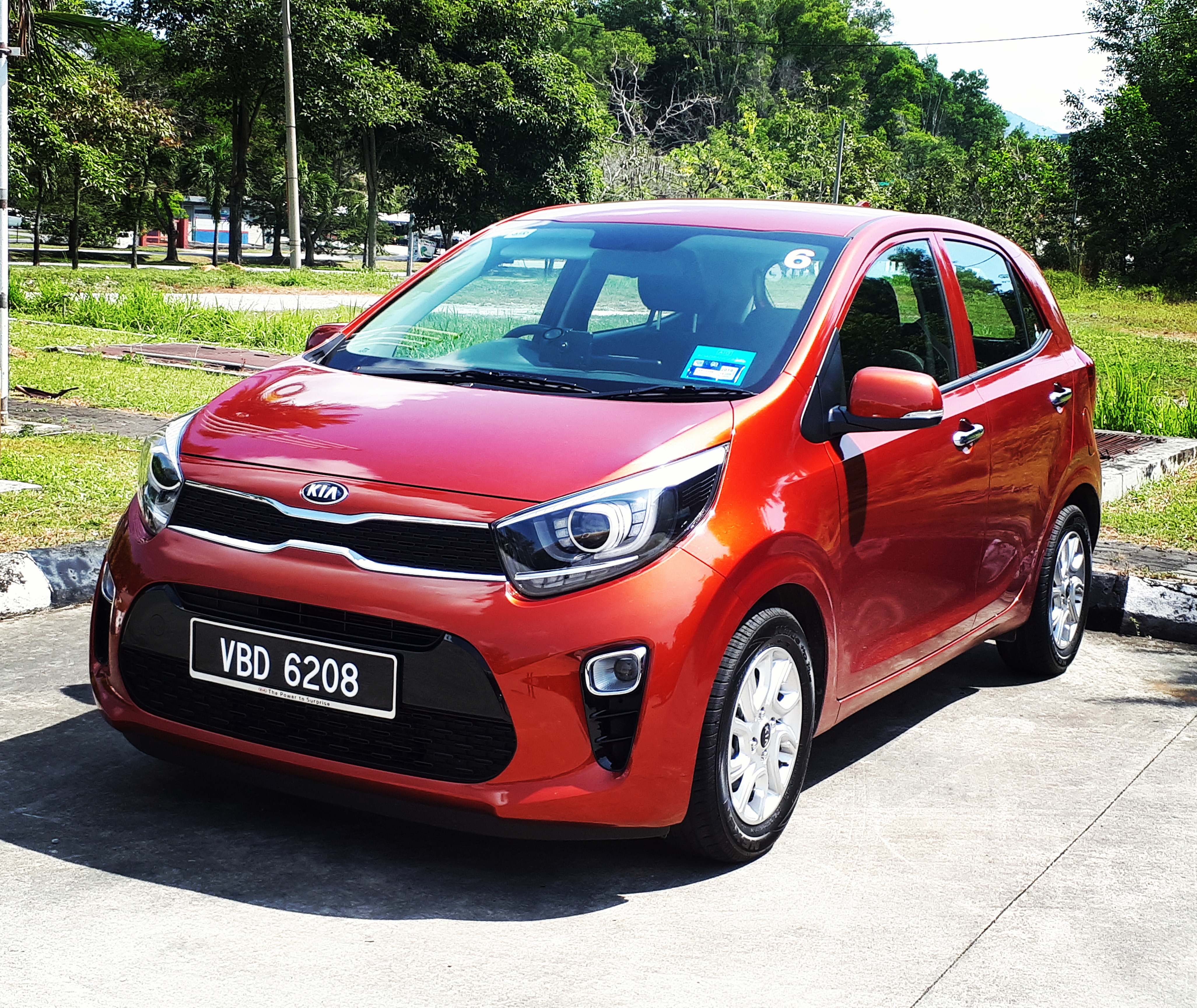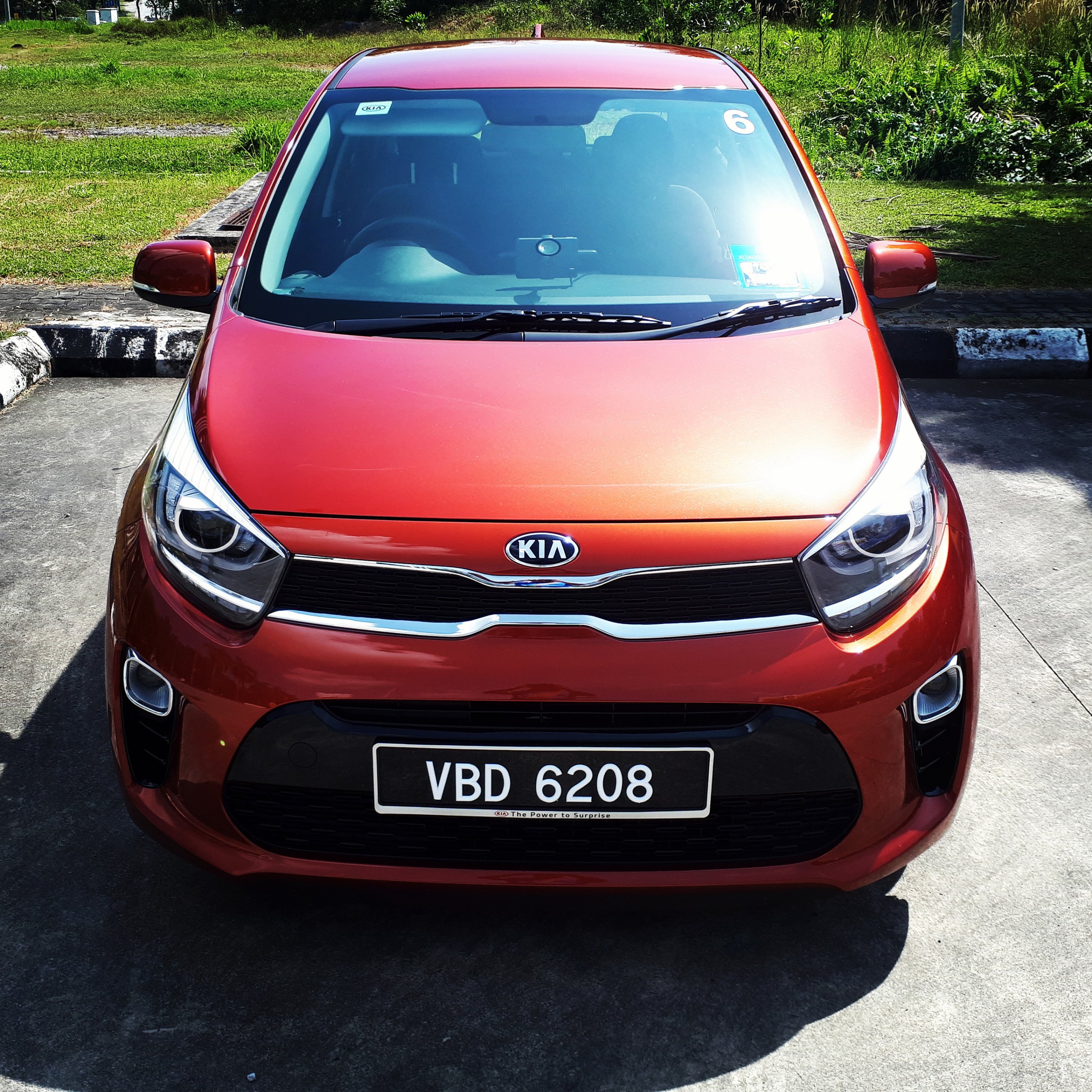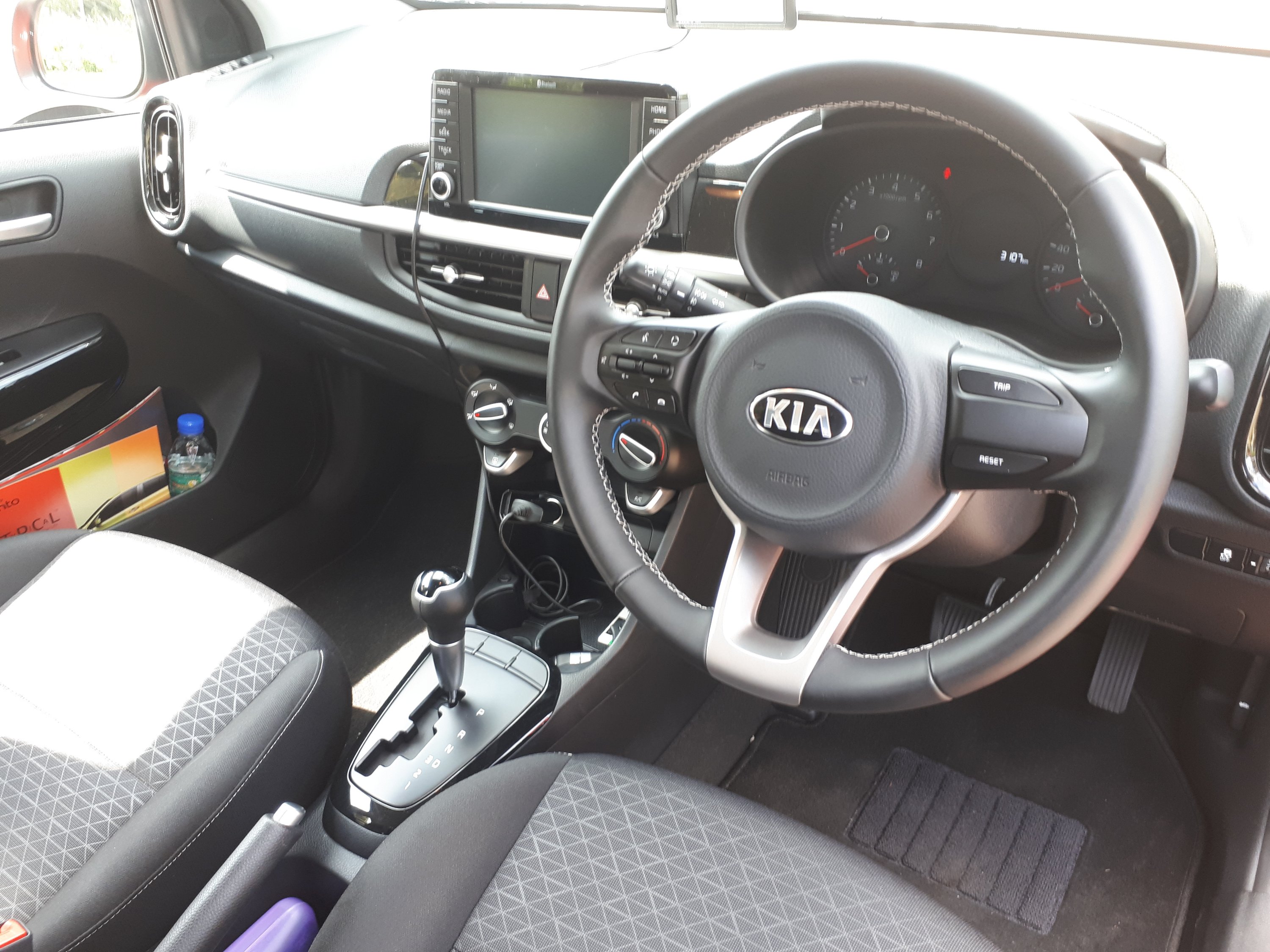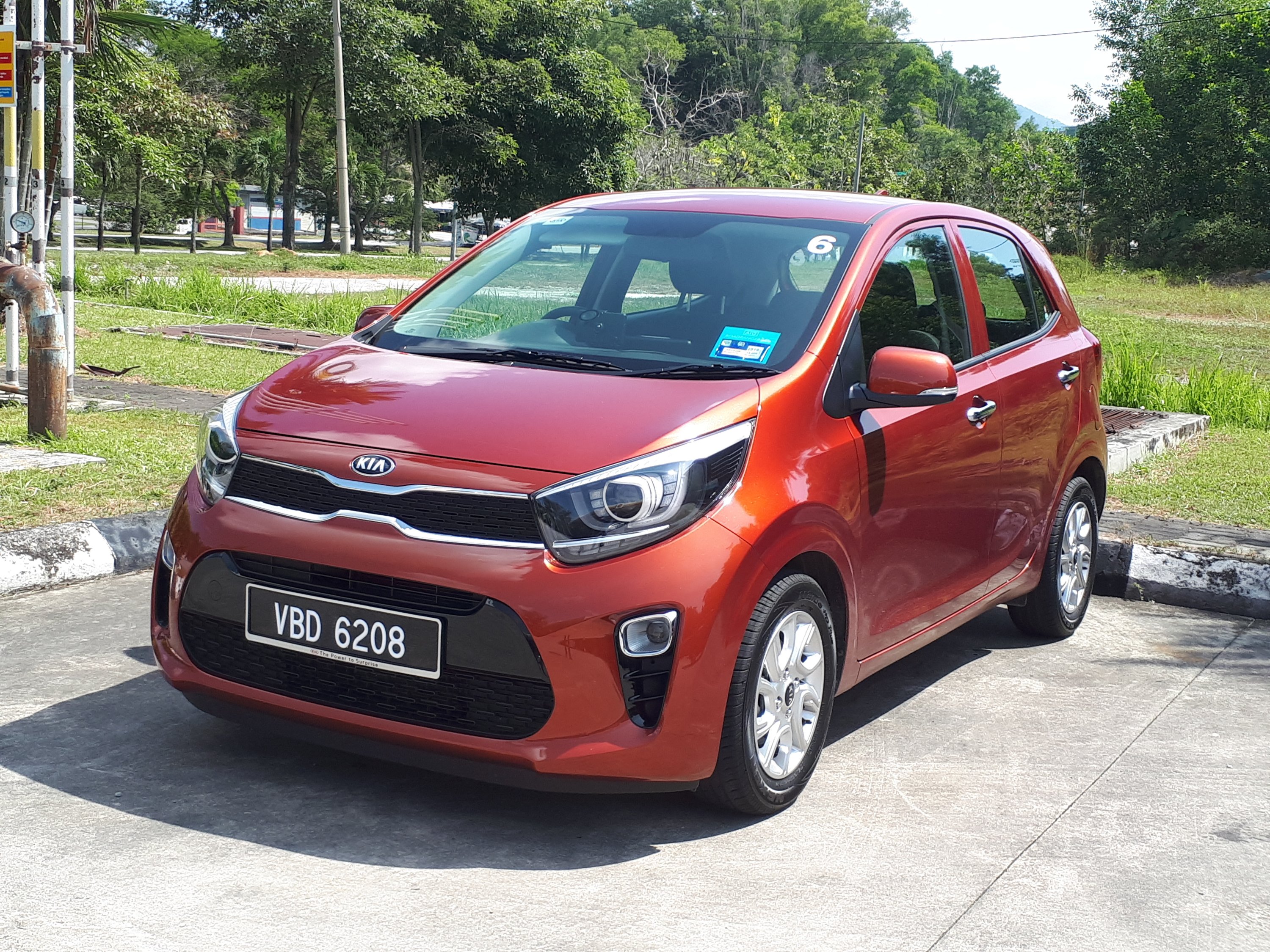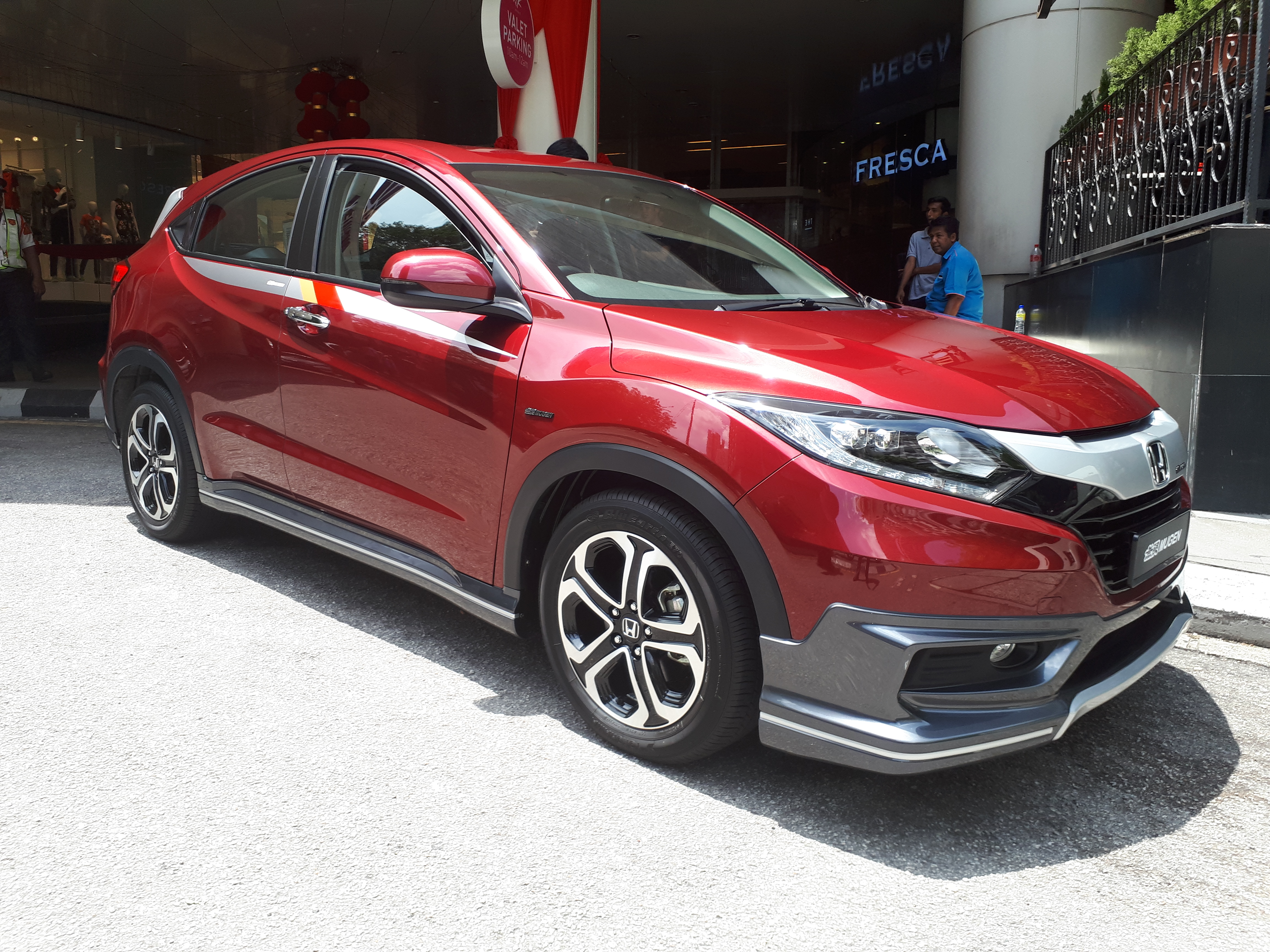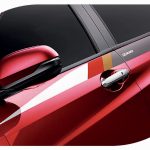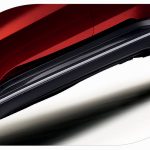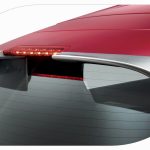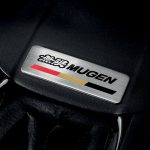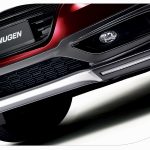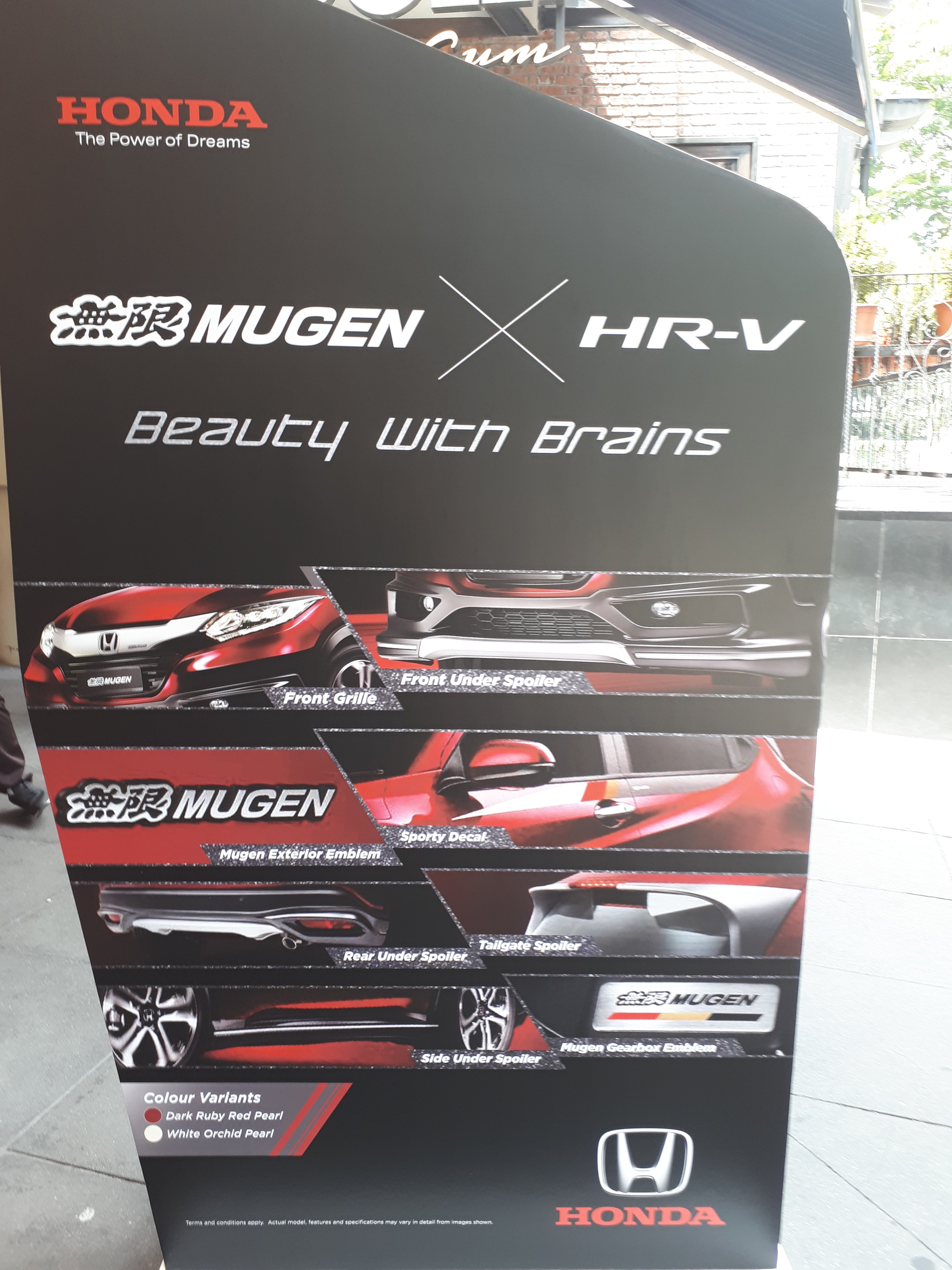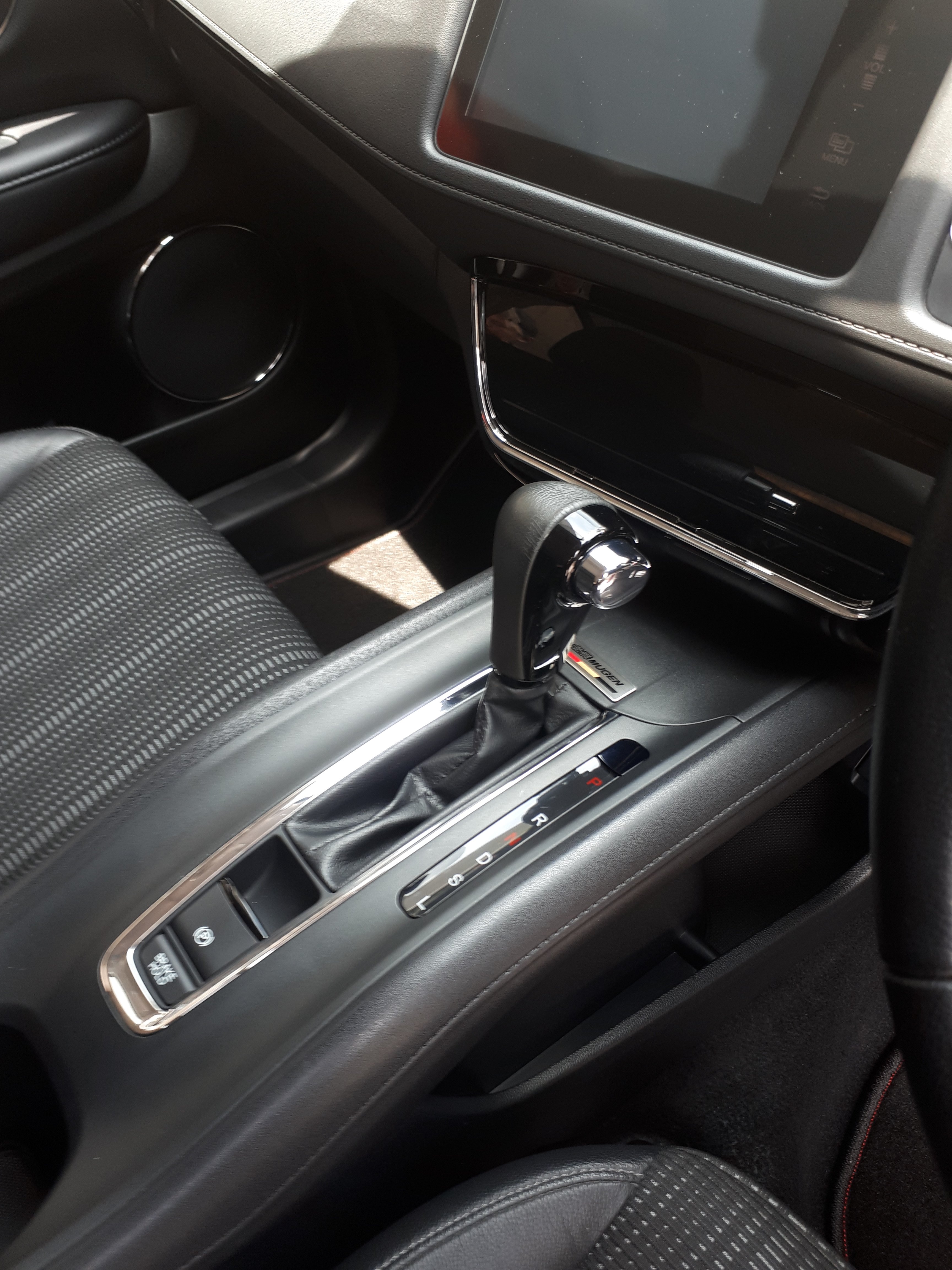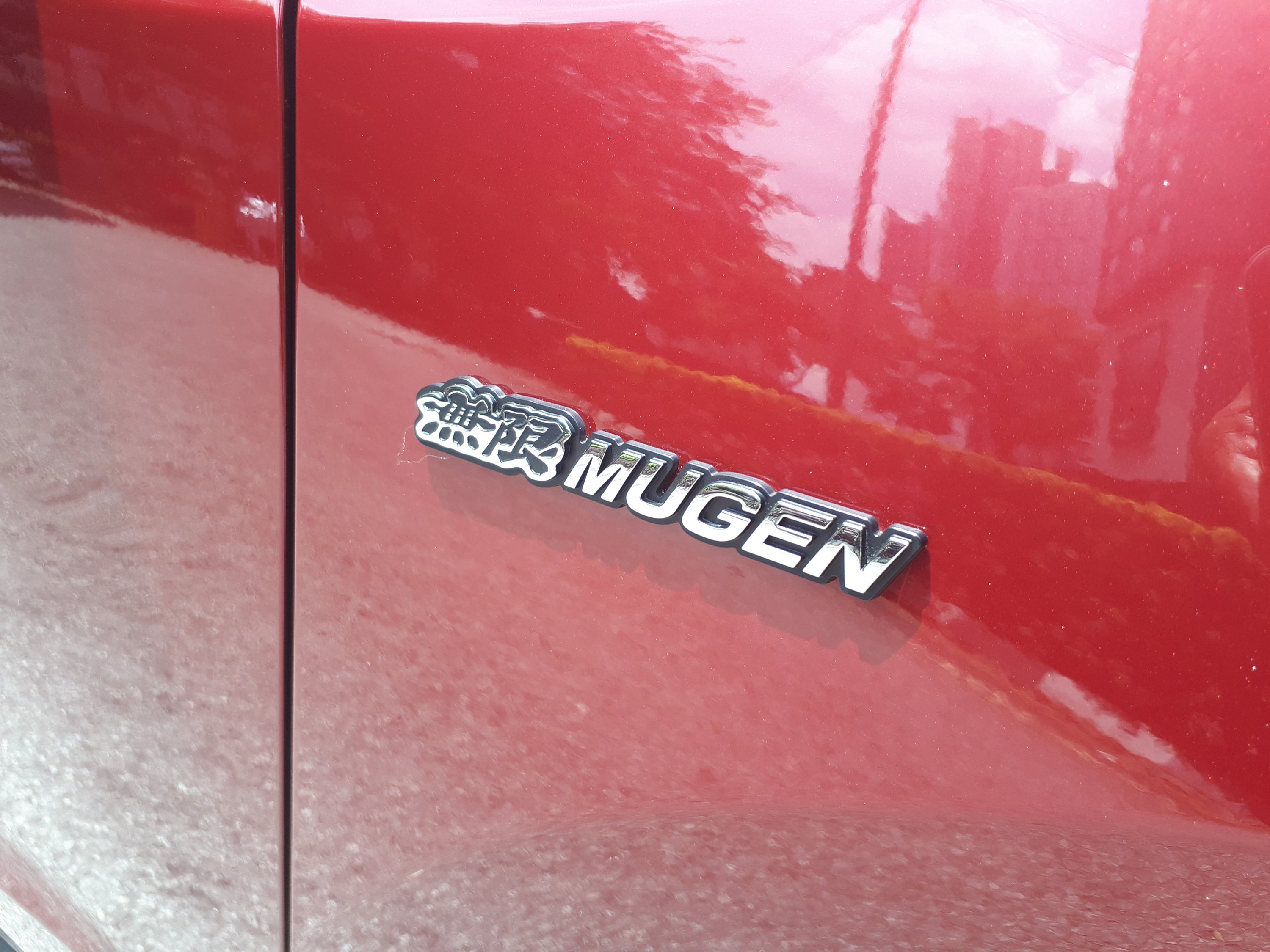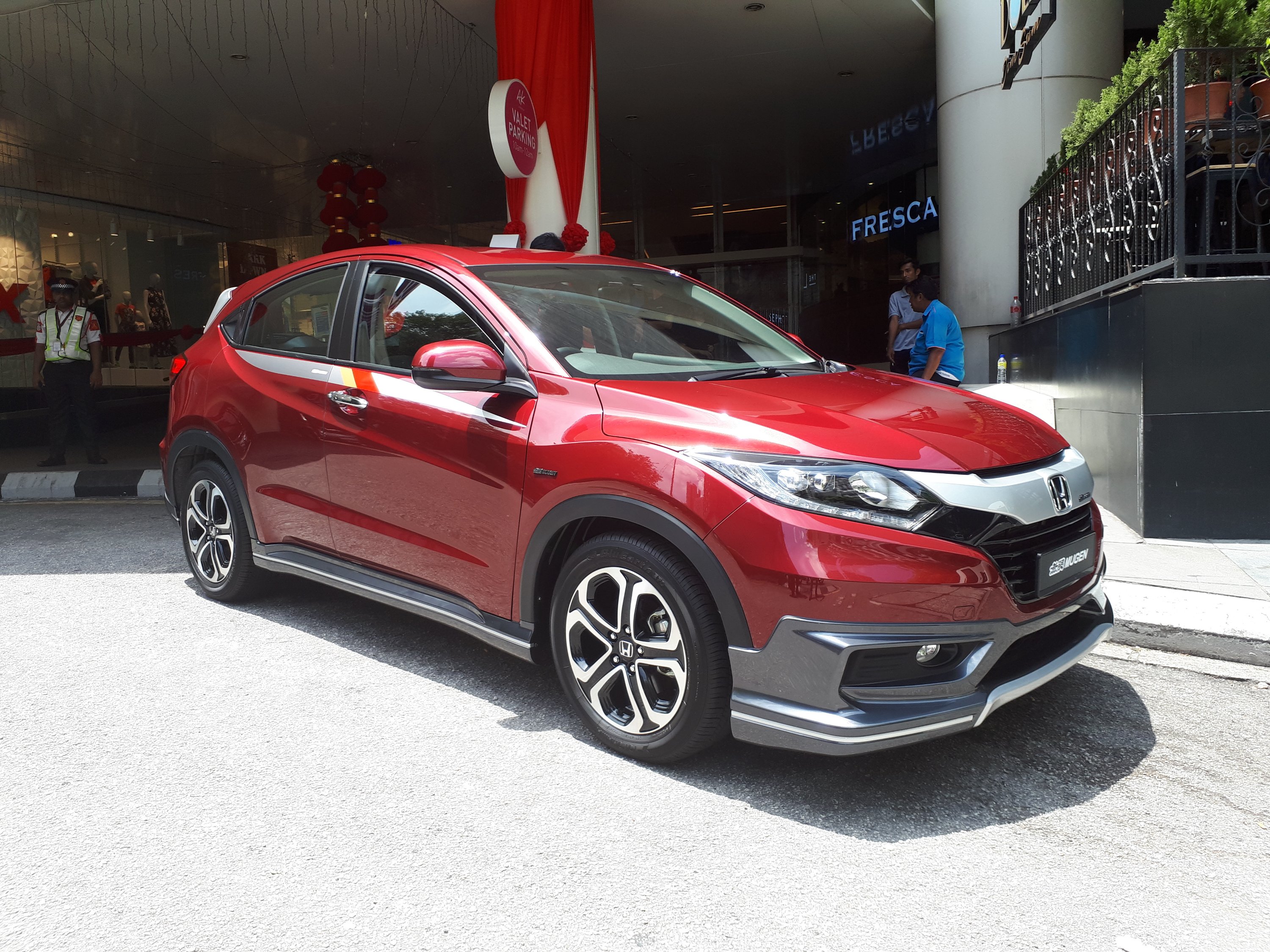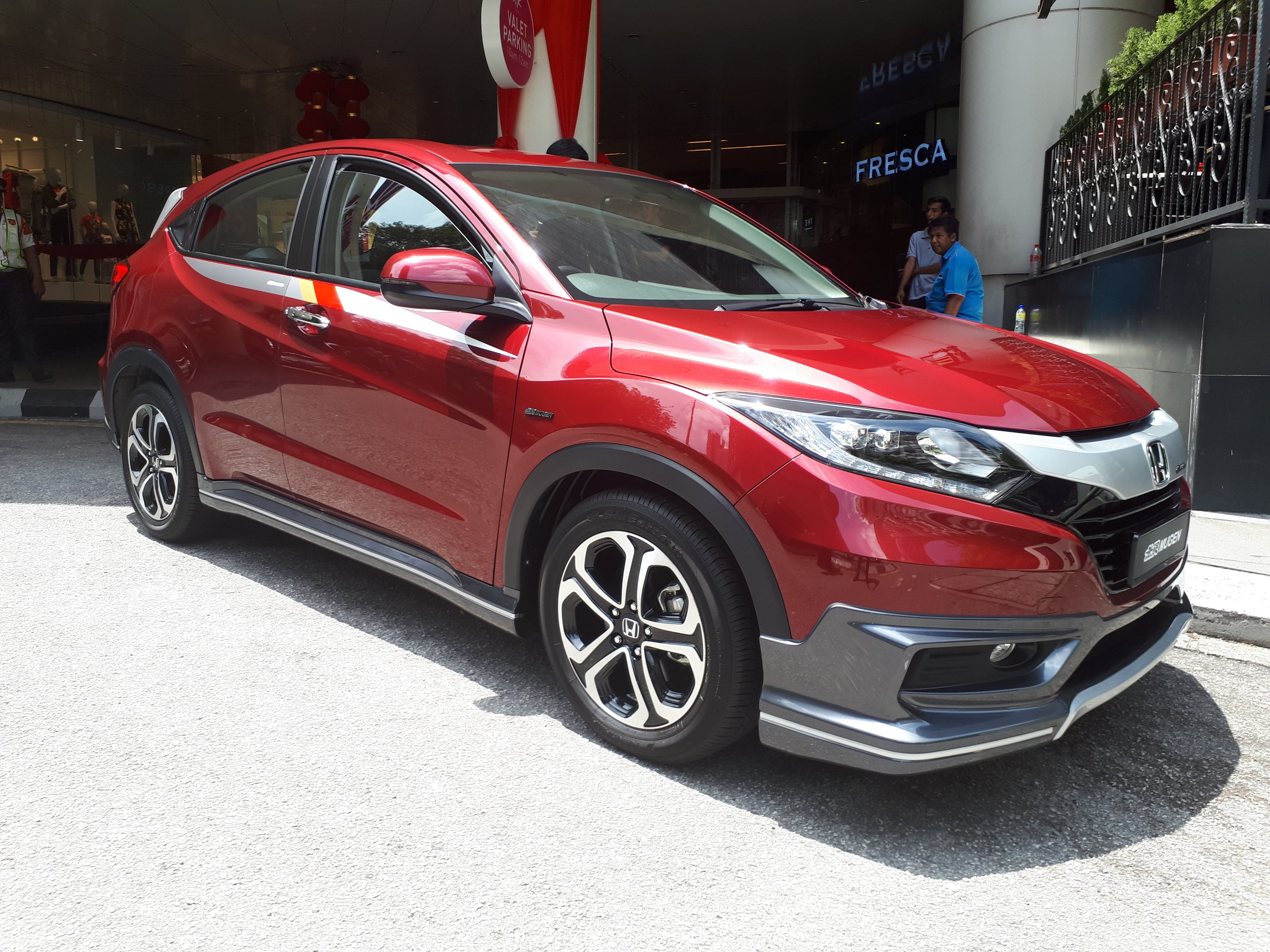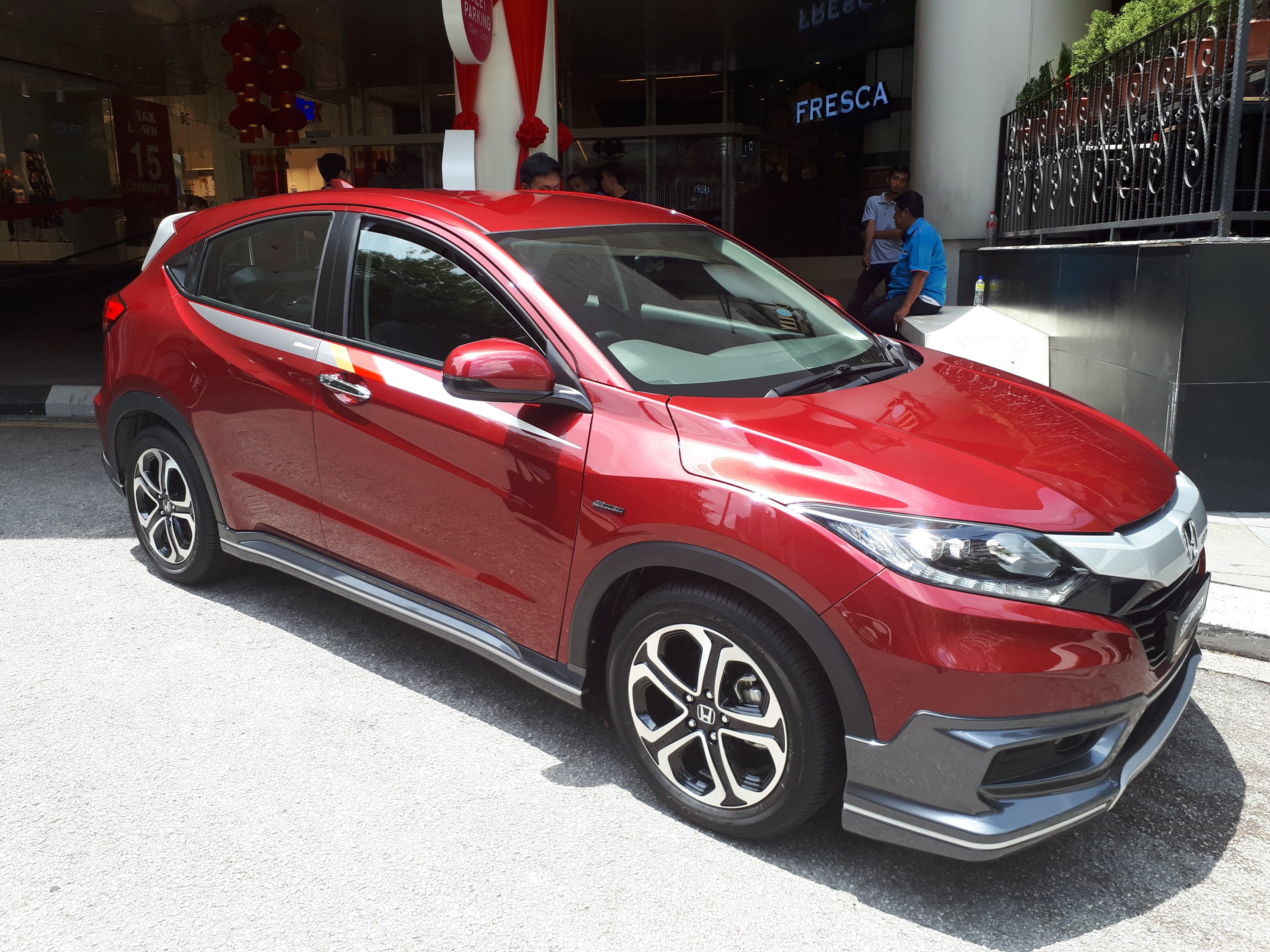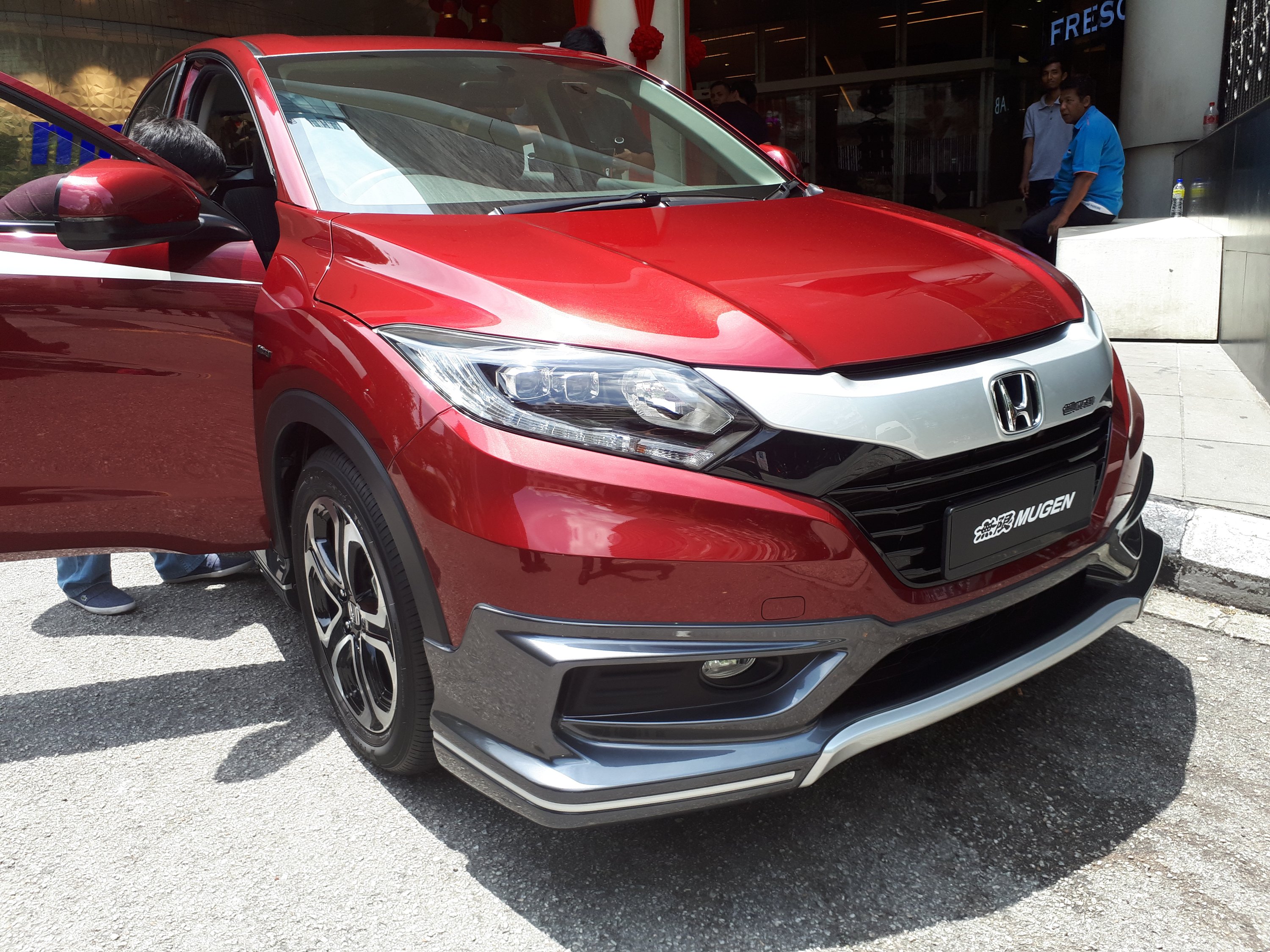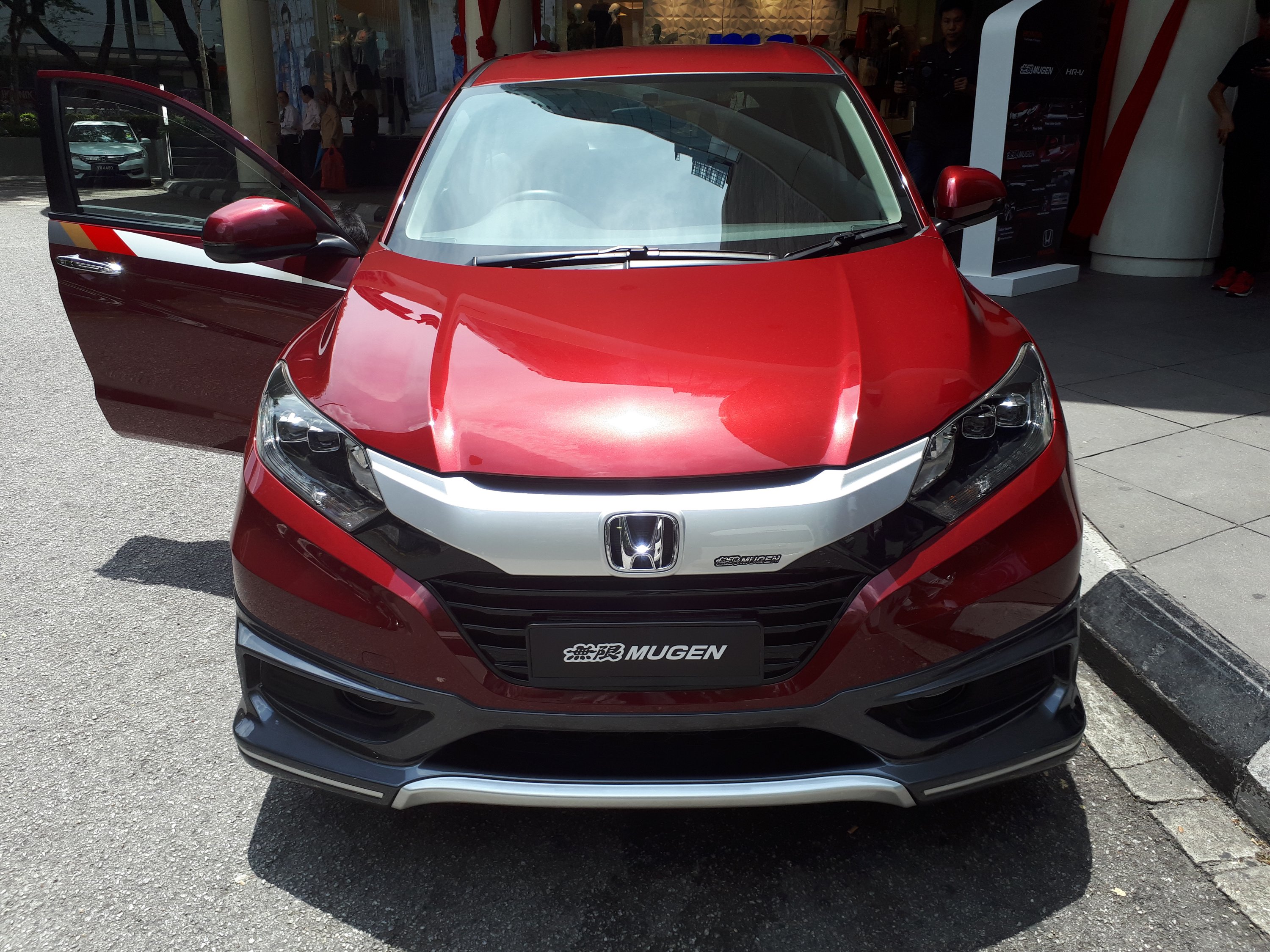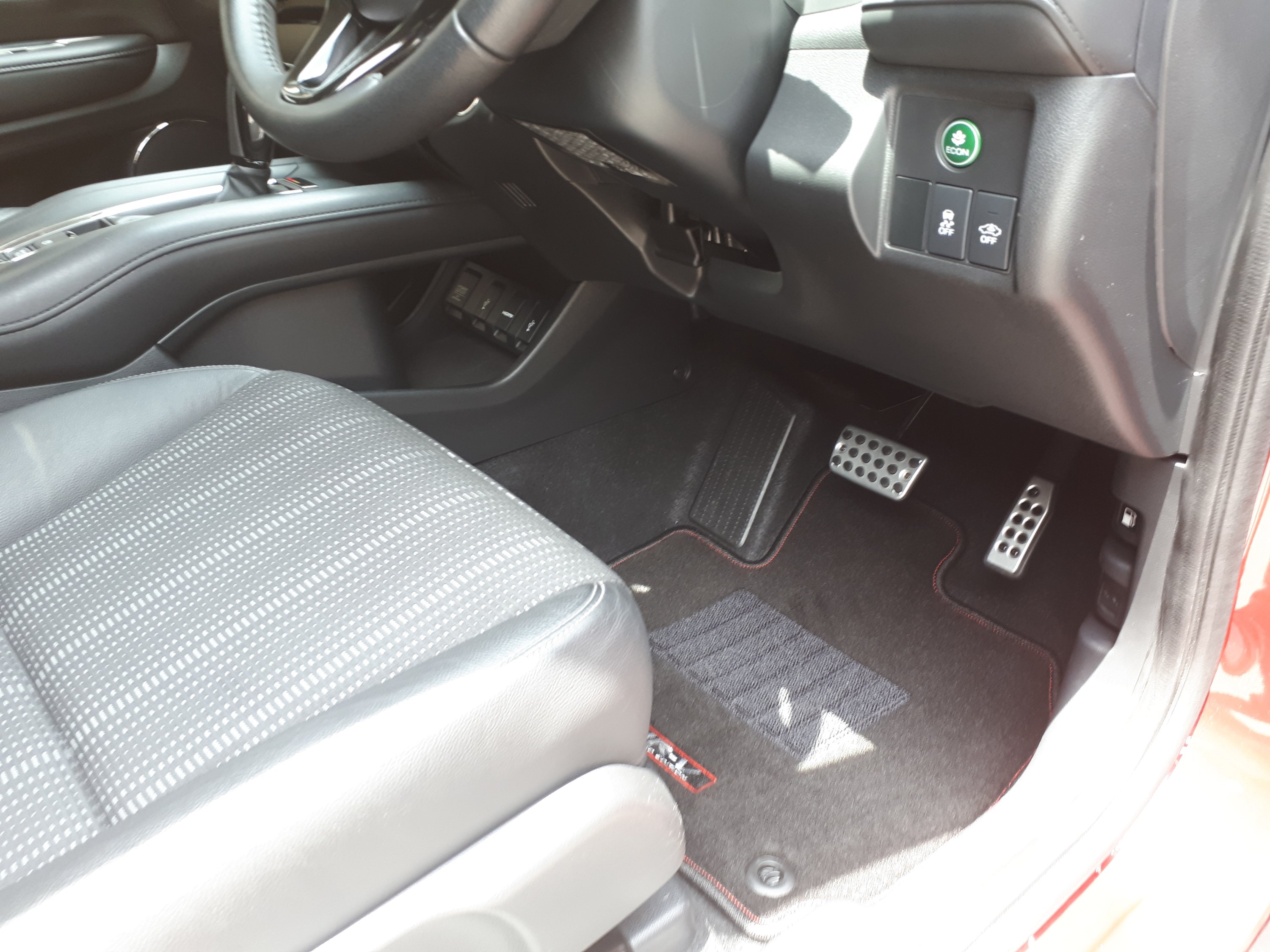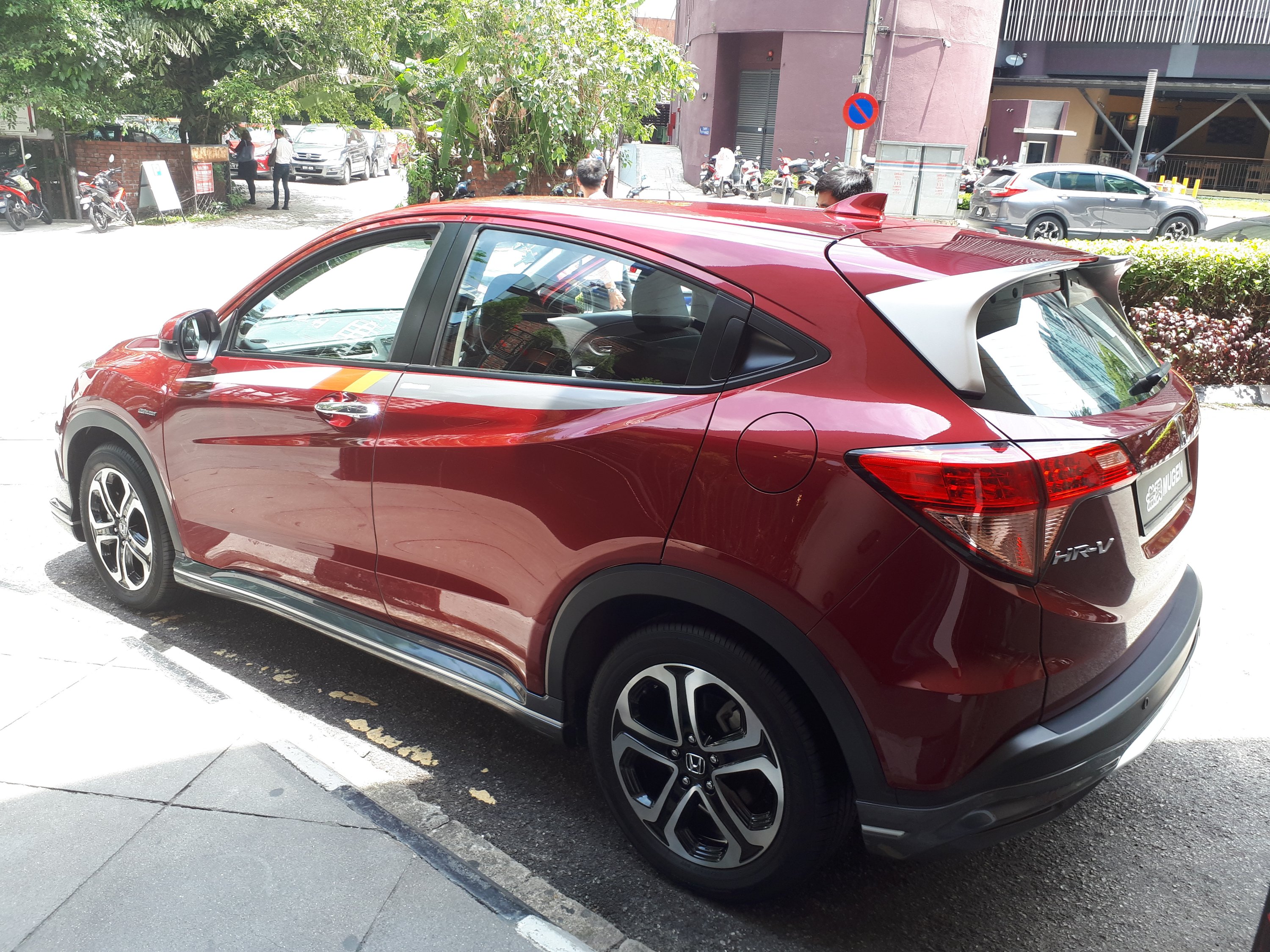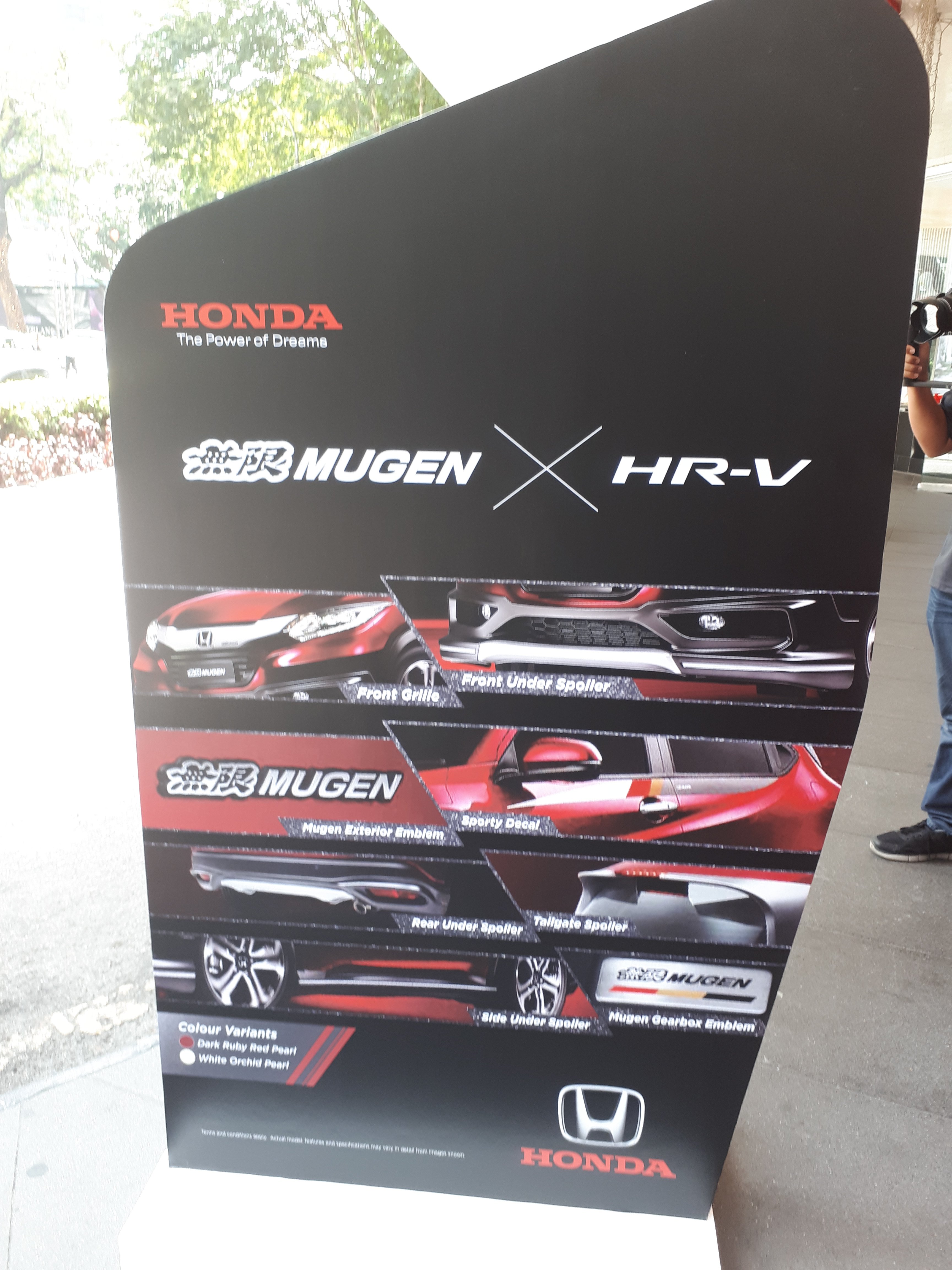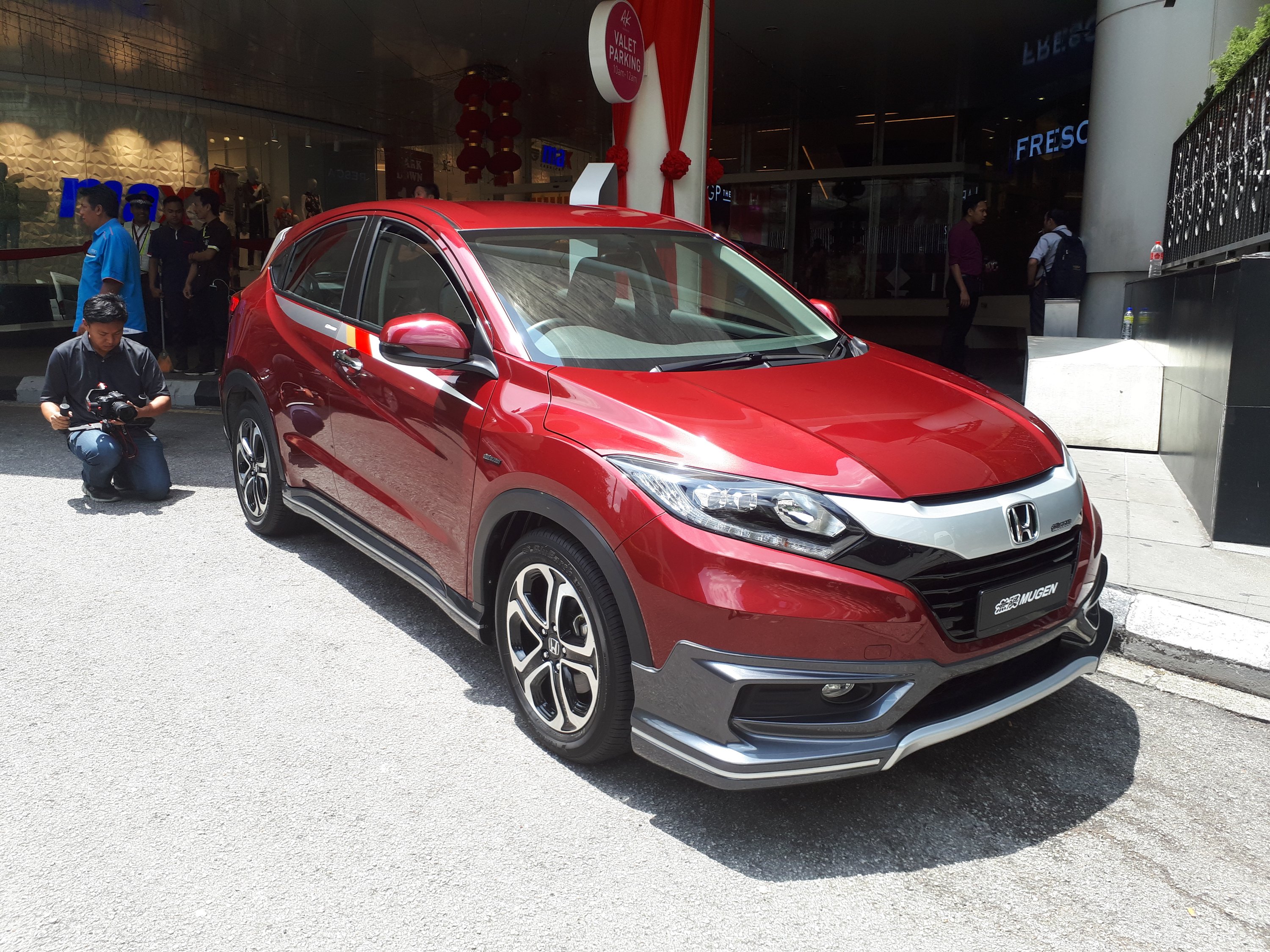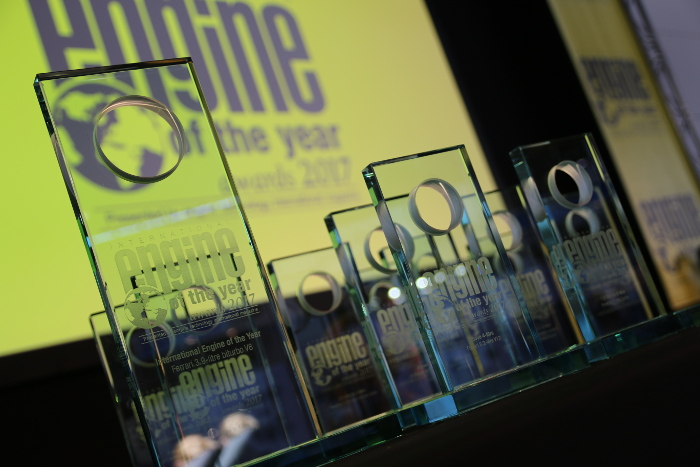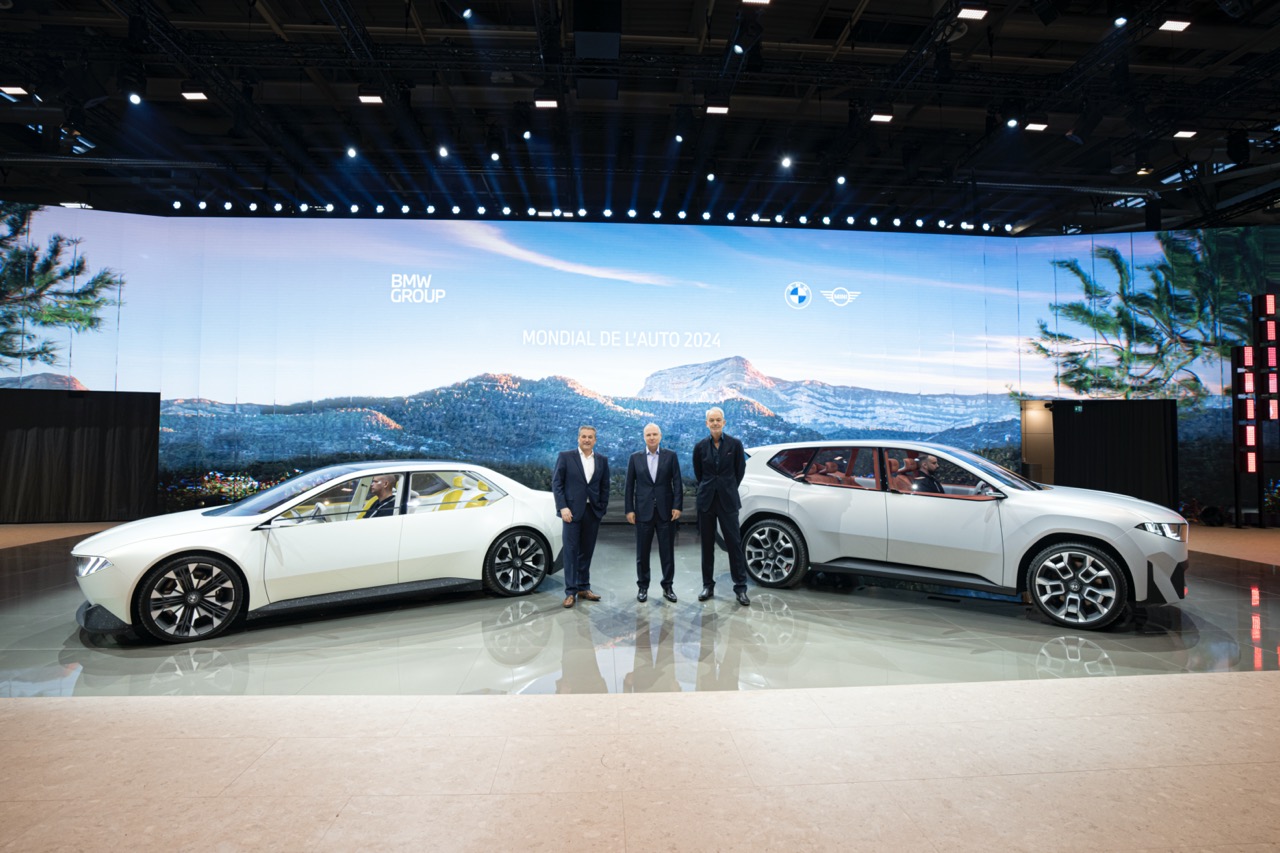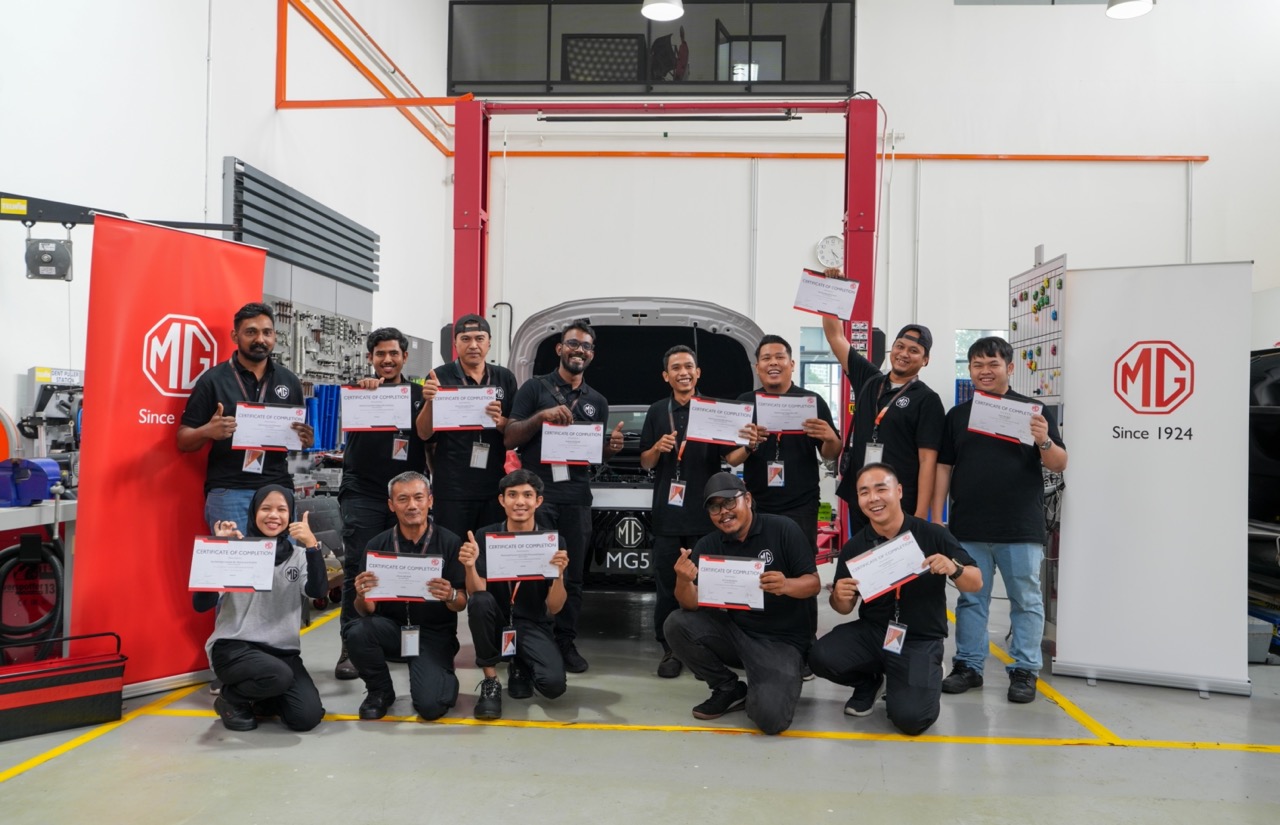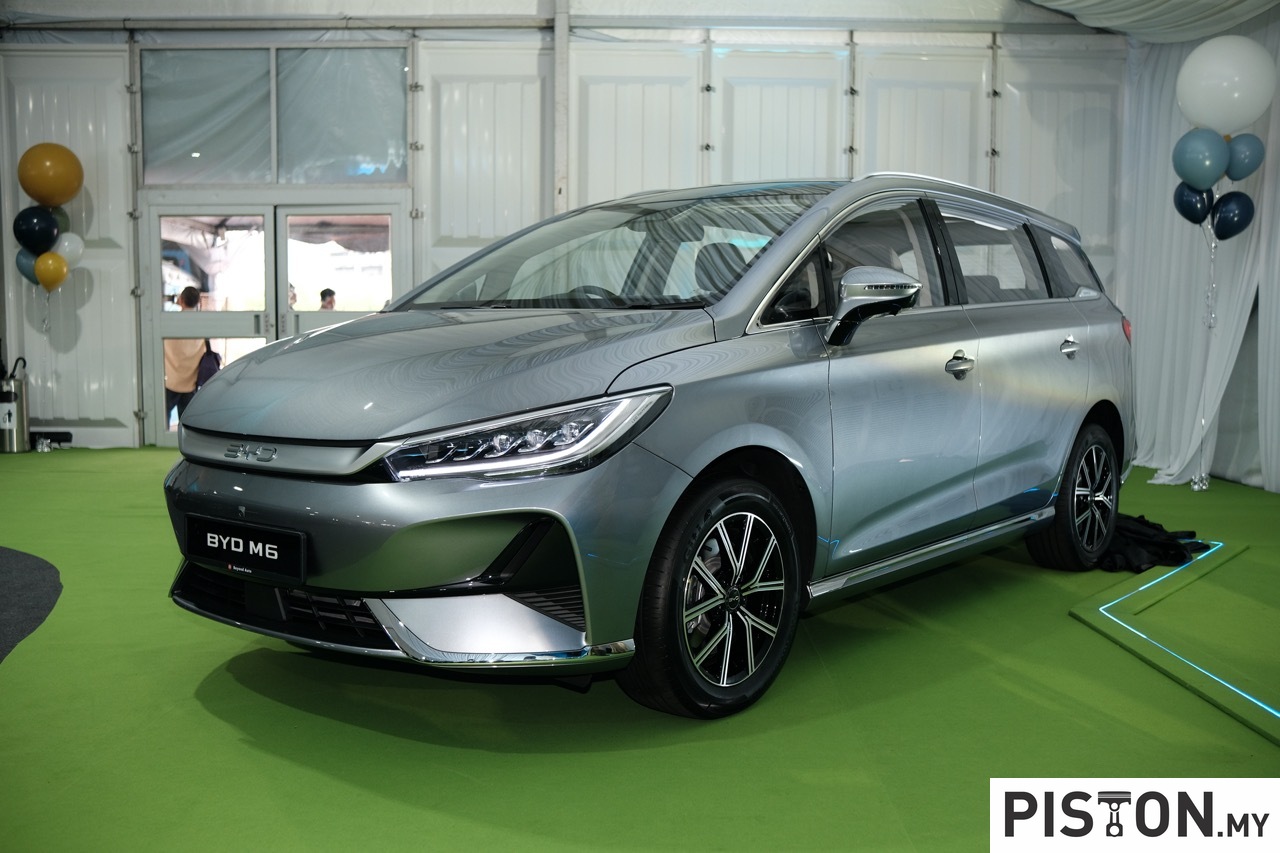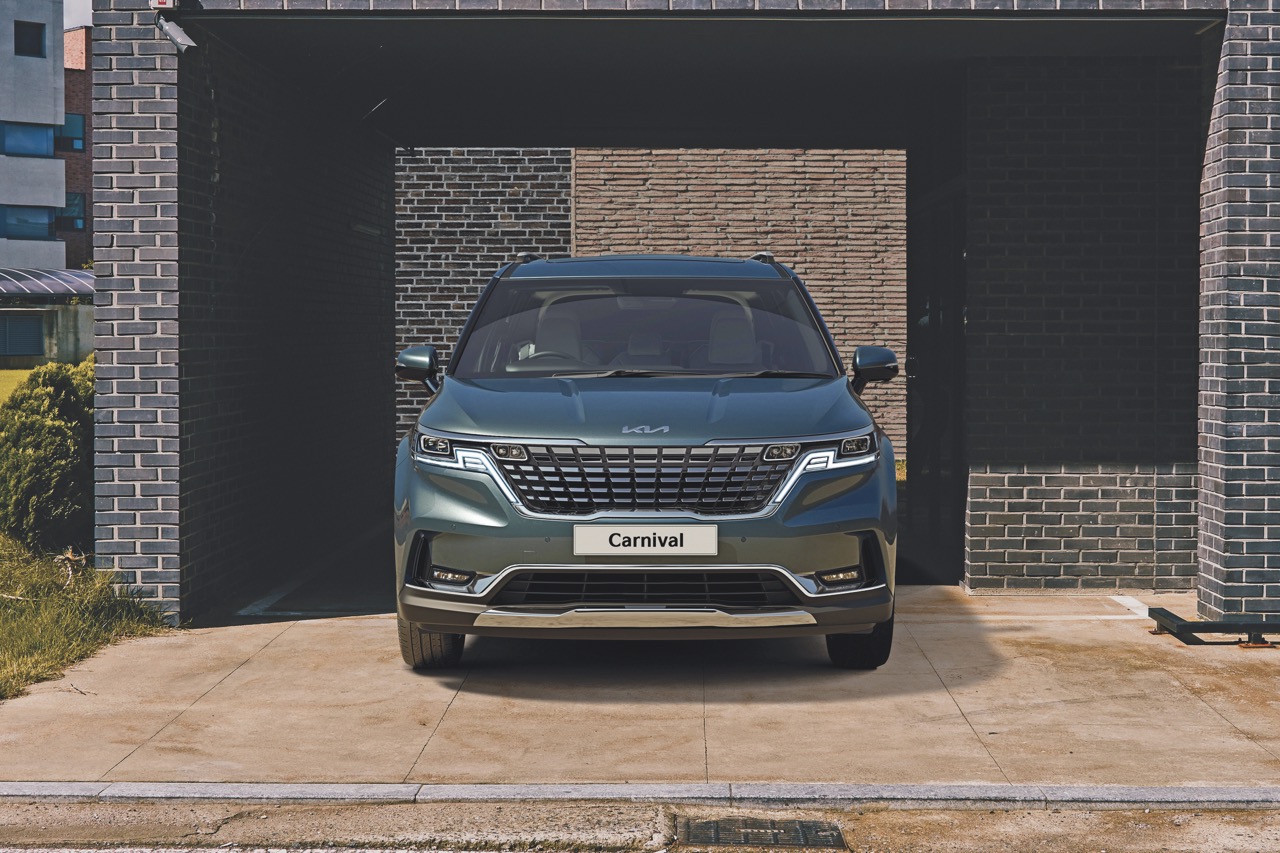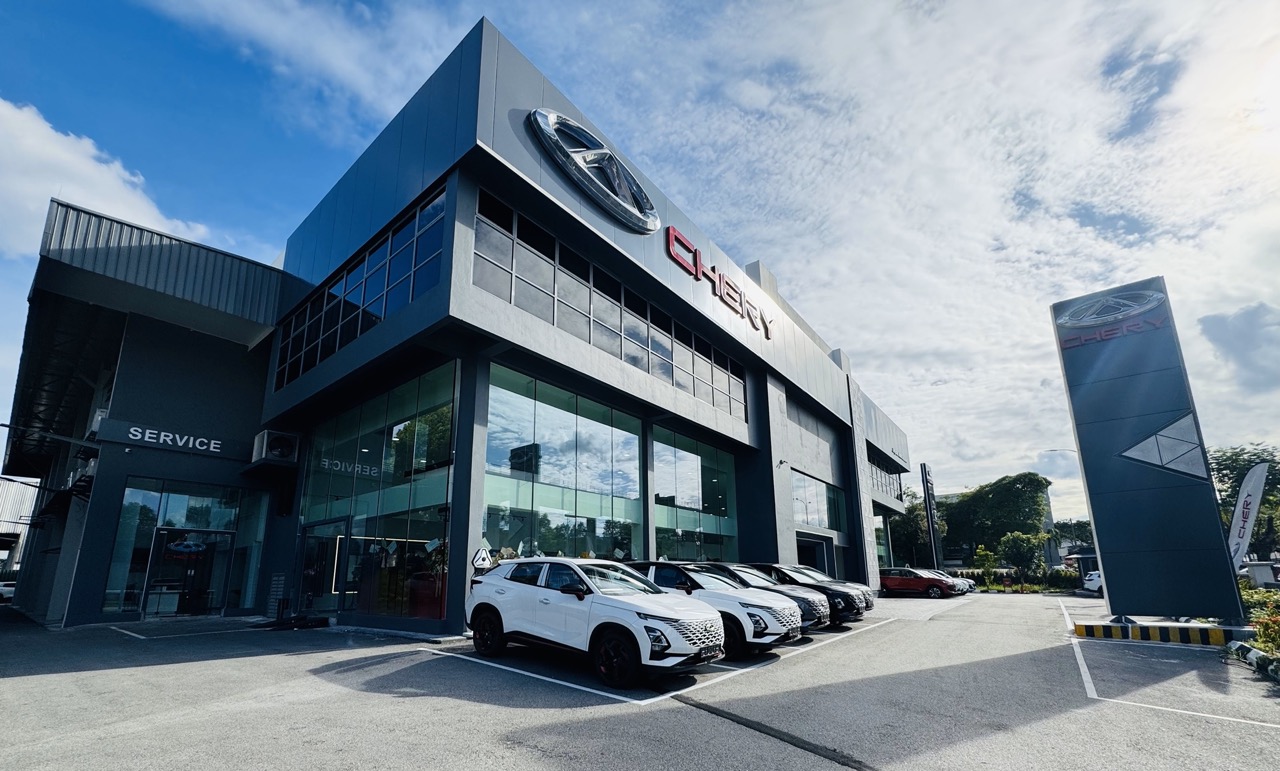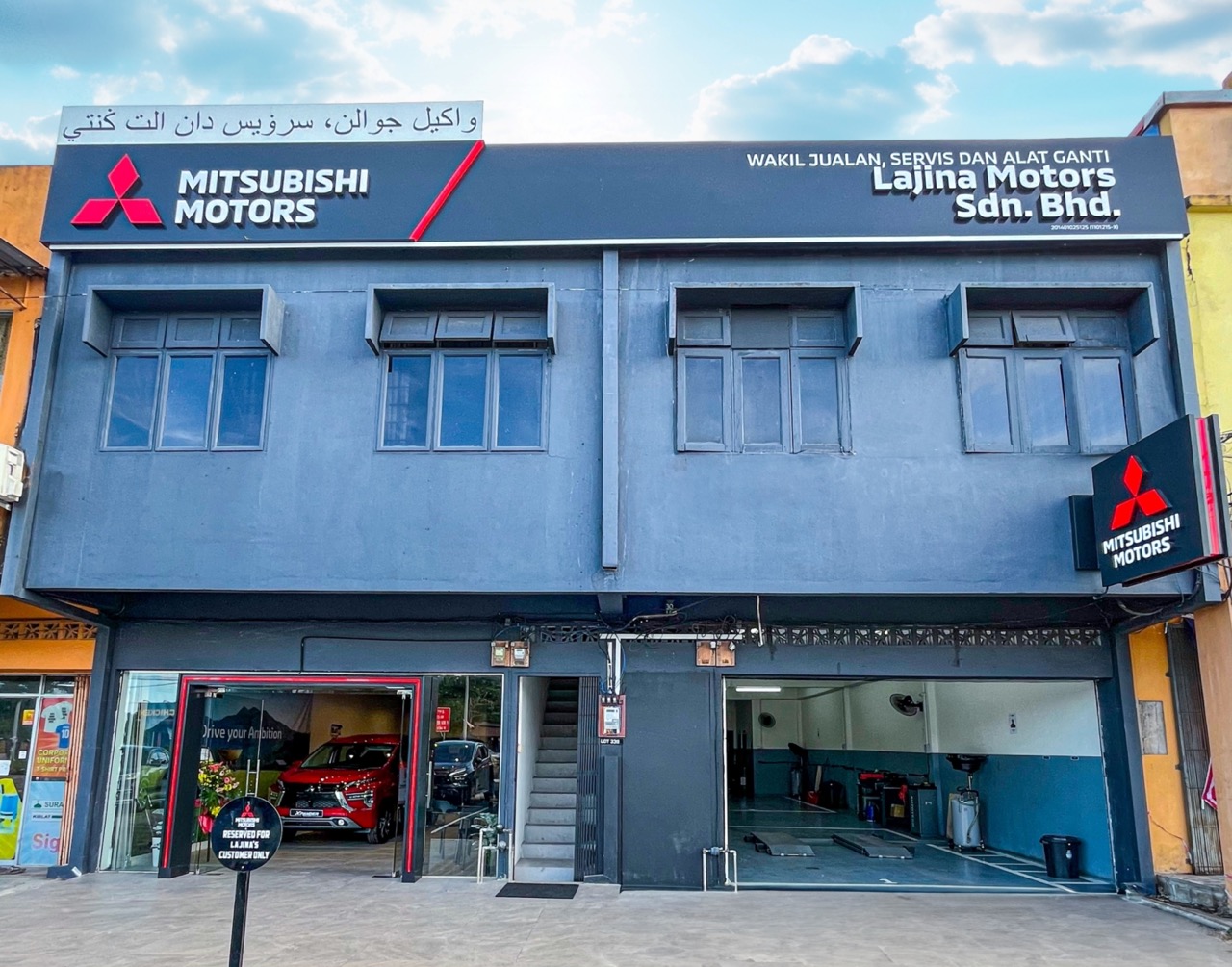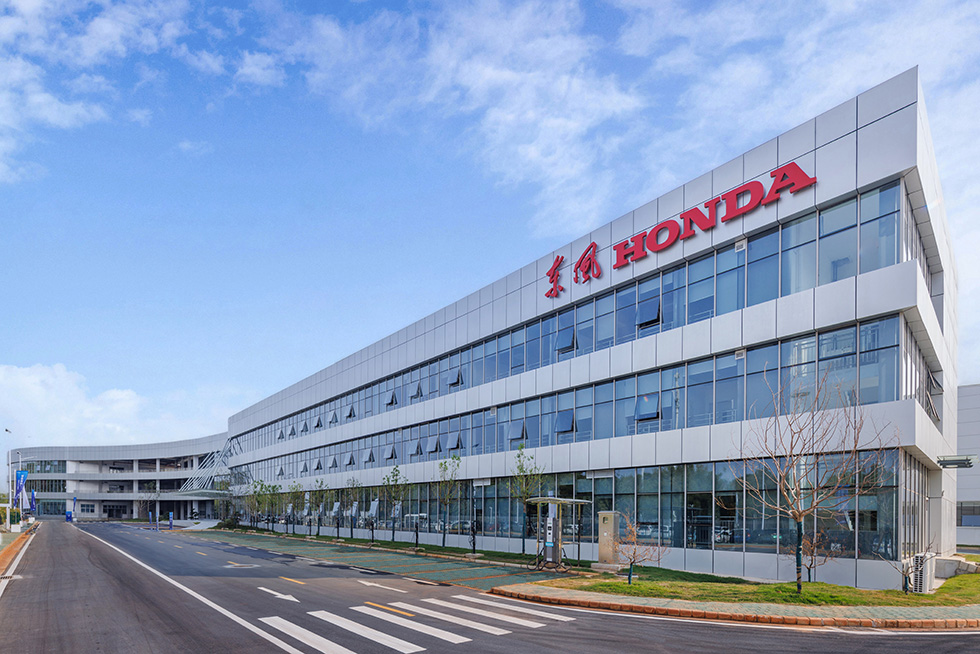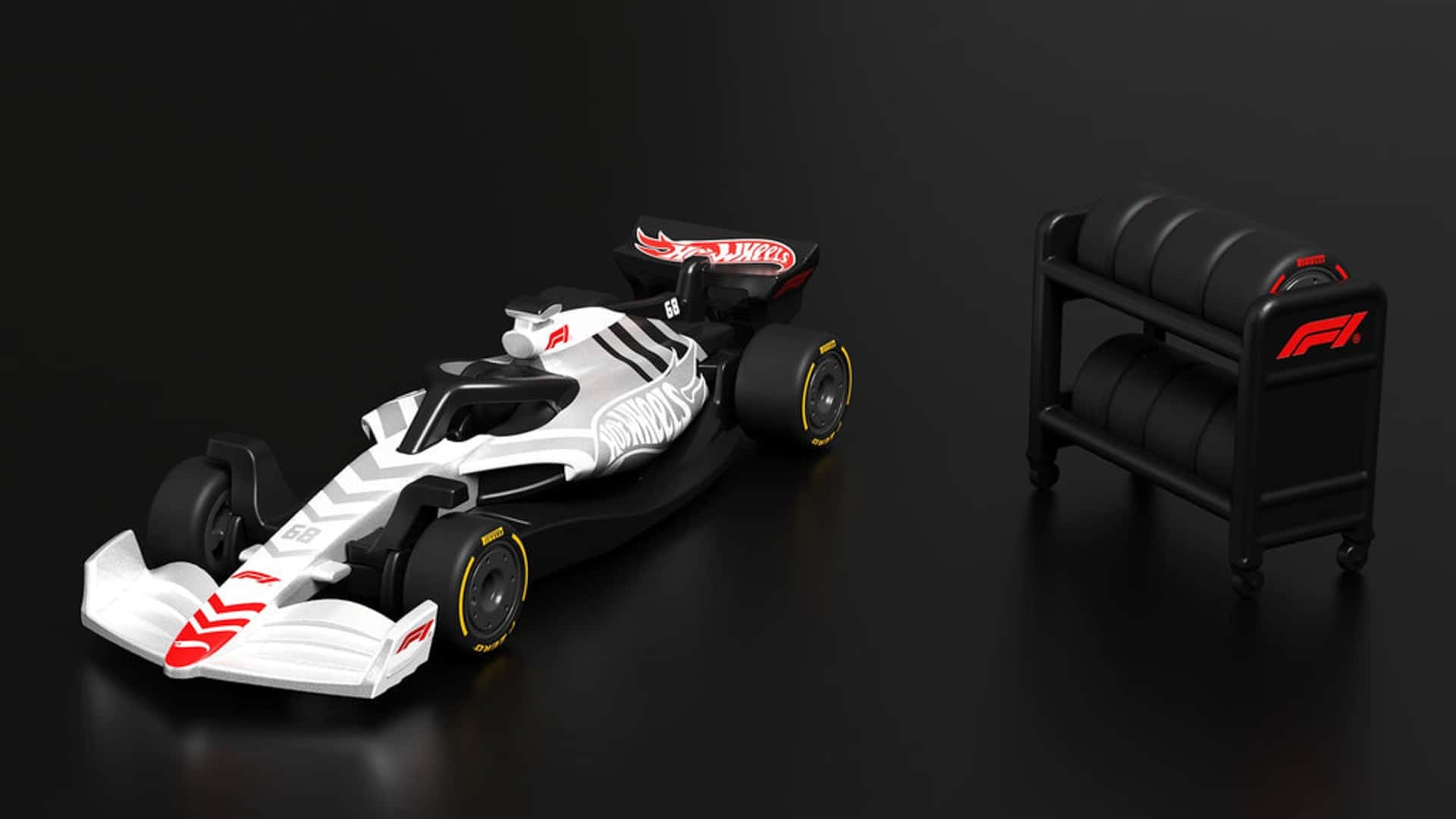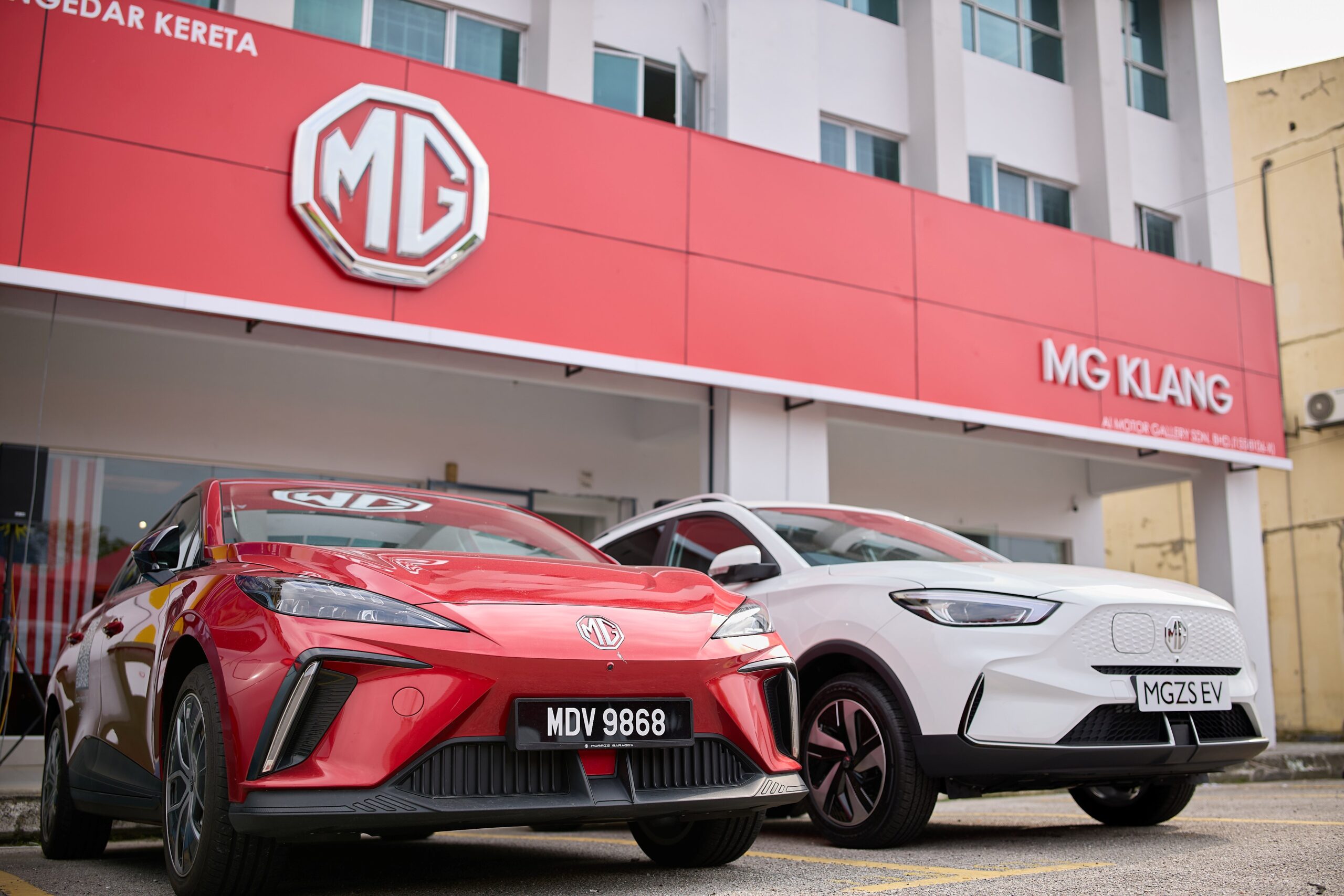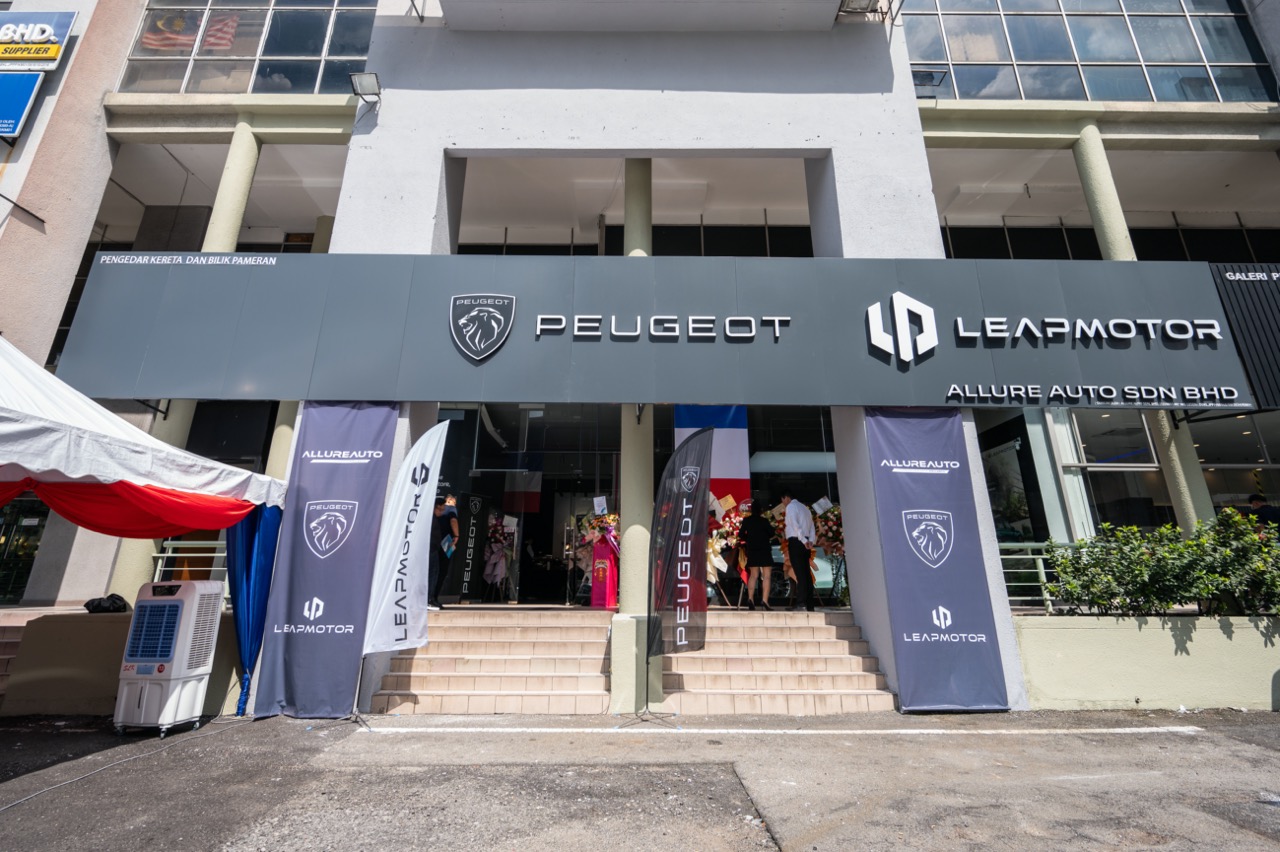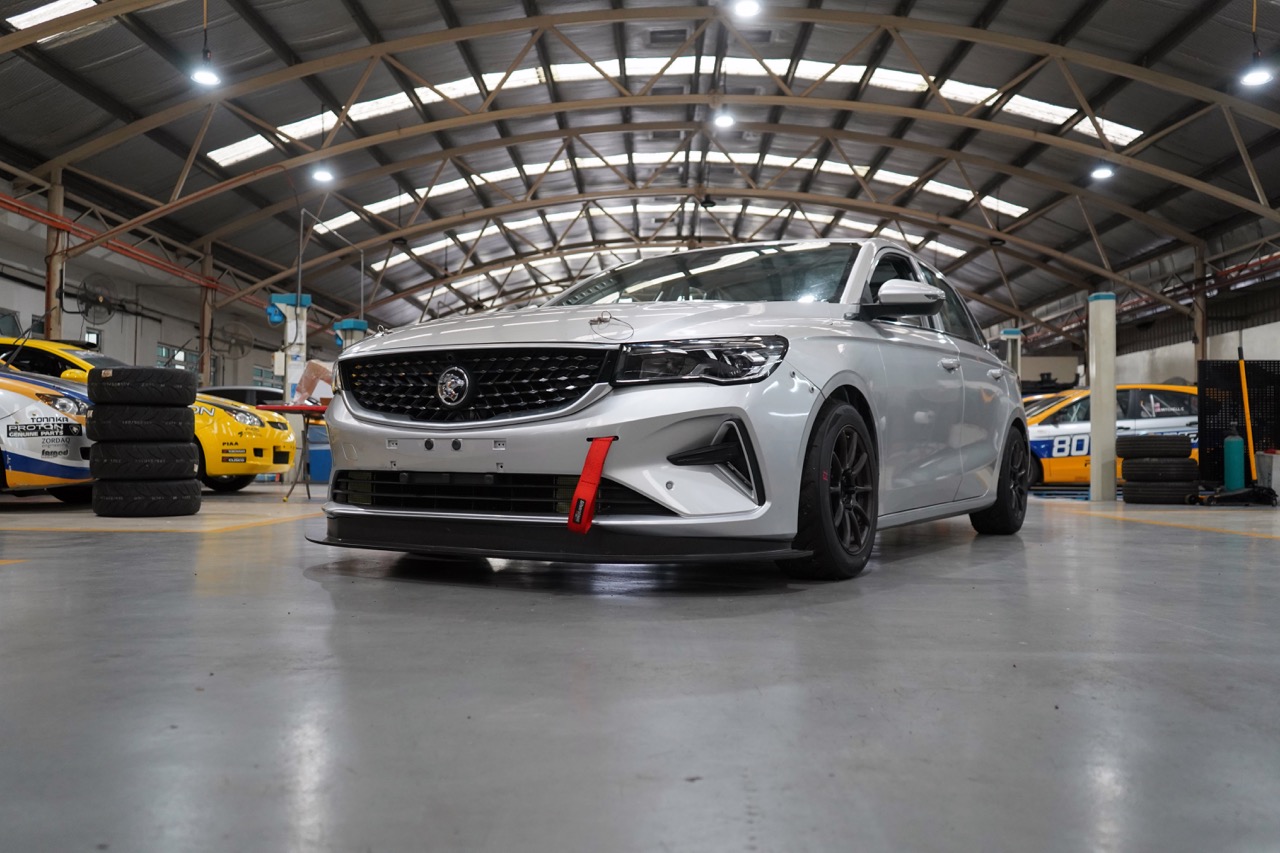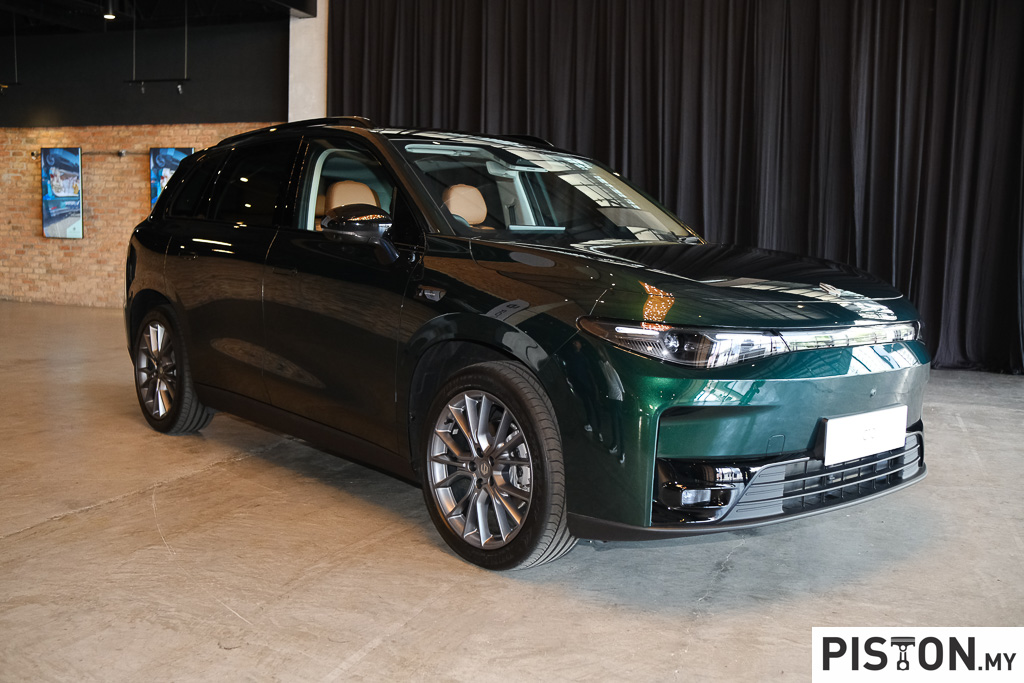Incredible. Simply incredible. In 1904, a pioneering motorist, brilliant entrepreneur and an intrepid engineer were united by a desire to succeed. Three years later, this success was recognised by the world’s media. An unfathomable challenge unprecedented of its time and legendary to this day, was completed by the Hon. Charles Rolls and Claude Johnson in Sir Henry Royce’s ‘Silver Ghost’.
The car achieved a non-stop long distance endurance record of 14,371 miles. This challenge was to shape automotive and luxury history, creating a world-renowned benchmark for excellence in the process. Check out the video…
In celebration of this extraordinary feat of engineering excellence, a special collection of model year 2018 Bespoke Ghosts will be created at the Home of Rolls-Royce in Goodwood, West Sussex. Thirty-five patrons of the marque will delight in a contemporary masterpiece of automotive history, as the Bespoke Collective of Rolls-Royce Motor Cars envisions the ‘Silver Ghost Collection’.
Speaking from the Home of Rolls-Royce, Torsten Müller-Ötvös, Chief Executive Officer, Rolls-Royce Motor Cars, commented, “The extraordinary accomplishments of our marque’s founding fathers are honoured by the creation of this elegant ‘Silver Ghost Collection’. The Rolls-Royce Bespoke Collective masterfully weave the rich narrative of the original ‘Silver Ghost’ into just 35 motor cars, creating a contemporary homage to the original motor car. Today, our craftspeople and master artisans continue this legacy of excellence, creating unique motor cars that define luxury.”
Rolls-Royce Silver Ghost Collection Photo Gallery…
The FULL Details on the Rolls-Royce Silver Ghost Collection…
- A collection of 35 Bespoke Ghosts to be created in homage to the 1907 ‘Silver Ghost’
- British Assay Office specially produced AX201 and ‘RR’ Hallmarks to authenticate lineage of the collection
- 100% Pure Silver particles are infused into the hand-painted coachline
- Copper detailing redolent of the ‘Silver Ghost’ engine bay is featured on the collar of the Spirit of Ecstasy
One motor car changed the course of automotive history. Today, the legend is re-told as Rolls-Royce Motor Cars proudly announces the creation of a collection of 35 model year 2018 Rolls-Royce Ghosts, created in homage to the original Silver Ghost’s achievement.
In 1904, a pioneering motorist, a brilliant entrepreneur and an intrepid engineer were united by a desire to succeed. Three years later, this success was recognised by the world’s media. An unfathomable challenge unprecedented of its time and legendary to this day, was completed by The Hon. Charles Rolls and Claude Johnson in Sir Henry Royce’s ‘Silver Ghost’. The car achieved a non-stop long distance endurance record of 14,371 miles. This challenge was to shape automotive and luxury history, creating a world-renowned benchmark for excellence in the process.
It was the twelfth 40/50hp chassis, completed with a Barker & Co 4/5 seater touring body, commissioned by Claude Johnson, then Managing Director of Rolls-Royce Limited that was quickly recognised for its ability to demonstrate the marque’s prowess. The ethereally quiet running of this extraordinary automobile and the silver paint with silver fittings, led Johnson to select this very car for high-profile competitive trials, bestowing the name, ‘Silver Ghost’ upon it.
In celebration of this extraordinary feat of engineering excellence, a special collection of model year 2018 Bespoke Ghosts will be created at the Home of Rolls-Royce in Goodwood, West Sussex. Thirty-five patrons of the marque will delight in a contemporary masterpiece of automotive history, as the Bespoke Collective of Rolls-Royce Motor Cars envisions the ‘Silver Ghost Collection’.
Speaking from the Home of Rolls-Royce, Torsten Müller-Ötvös, Chief Executive Officer, Rolls-Royce Motor Cars, commented, “The extraordinary accomplishments of our marque’s founding fathers are honoured by the creation of this elegant ‘Silver Ghost Collection’. The Rolls-Royce Bespoke Collective masterfully weave the rich narrative of the original ‘Silver Ghost’ into just 35 motor cars, creating a contemporary homage to the original motor car. Today, our craftspeople and master artisans continue this legacy of excellence, creating unique motor cars that define luxury.”
The Rolls-Royce ‘Silver Ghost Collection’
Today, a Rolls-Royce motor car is the ultimate luxury, steeped in narrative, veiled in rarity. A Rolls-Royce Collection Car showcases the extraordinary talents of the Rolls-Royce Bespoke Design team; they are born collectables. These are future classics, destined for the lawns of the great international Concours d’Élégance.
Careful consideration has been paid to the defining features of this collection. References extoling the past are skilfully hand-crafted into Ghost’s interior and exterior, creating a contemporary homage which speaks as much of today’s great brand as the ‘Silver Ghost’ does of its day.
A solid sterling-silver Spirit of Ecstasy, the muse that has guided motor cars created by the marque since 1911, will hint at the pioneering heritage of this motor car’s forebear. A specially created Hallmark of AX201, the registration plate of the original ‘Silver Ghost’, will be marked on the base of each muse by the British Assay office, an honour reserved for few. Alongside the AX201 Hallmark, the Metal Fineness marks and the Assay Office town mark, a second unique ‘RR’ Hallmark, the eponymous badge of the marque, will act as the Sponsor’s Mark and authenticate its heritage.
A black-gold-plated collar enshrouds the base of the Spirit of Ecstasy, itself bearing the unique identity of this collection. An insert is crafted from hammered copper, in tribute to the copper extensively used in the engine bay of the original ‘Silver Ghost’. The copper, shaped, beaten and textured is engraved with the newly designed AX201 Hallmark.
Cassiopeia Silver, a complex Bespoke silver paint that incorporates both warm and cool tones, bathes the exterior of Ghost in a hue that echoes the silver paint of the original motor car. A Bespoke hand-painted coachline, applied by Rolls-Royce’s master coachline painter and taking eight hours to apply, is imbued with fine particles of 100% pure silver, adding to the provenance of this collection.
The face of the Model Year 2018 motor car is instantly recognisable as one of 35 in this collection. Black painted grille veins mimic the distinctive black grille of the ‘Silver Ghost’, while the fully-polished wheel centres encircled with ‘SILVER GHOST – SINCE 1907’ engraved on a Cassiopeia Silver backing, echo the fine details of the original car.
On opening the coach doors, accents of a specially created ‘Forest Green’ leather provide a nod to the original interior colour scheme. A newly designed silver tipped leather makes its Rolls-Royce debut, being incorporated onto the front and rear door panniers. Additionally, a silver onlay has been set into the open pore wood of the fascia and door cappings, flanking a solid silver ingot, hallmarked to allow reflection of this motor car’s great lineage.
Further reference to the ‘Silver Ghost’ is made via the collection’s clock, styled as an ingot of silver, engraved with ‘Silver Ghost Since 1907’ and once again marked with the distinguishing hallmarks of this collection. A peened solid silver encasement provides a decorative surface, reminiscent of the original dials of the ‘Silver Ghost’.
The tread plates proudly authenticate each motor car, engraved with the words ‘Silver Ghost Collection – One of Thirty-Five’, while the Rolls-Royce umbrellas, stowed in the doors of each motor car, are edged in a silver-coloured binding and have an open-pore Tudor Oak handle, with the end of the handle engraved to demonstrate its unique origins.
A Bespoke central console allows the patron to convey personal accoutrements, accommodating contemporary touring. A time-piece, sunglasses and accessories case is presented alongside a ‘Silver Ghost’ pen, shaped as the speedform of the car; clean, modern and streamlined.
As a finishing touch and to complete the collection, a rare and collectable Silver Ghost Hamper will continue Rolls-Royce’s romantic notion of the pinnacle in al fresco dining, proudly displaying a fusion of Bespoke Design with the finest craftsmanship.
2018 a new vintage year for Ghost
In addition to the beautiful Bespoke features enumerated above, the ‘Silver Ghost Collection’ also benefits from the several enhancements of the 2018 Rolls-Royce Ghost.
The most immediate of these is the bolder and more sculptured face of Ghost, reinforcing the decisive and dynamic character of Ghost. The grille frame is pushed further forward, producing a stronger sweep back into the front wings, to give the front of the car a more decisive character. More deeply set grille vanes underline the perception of power and dynamism, while the redesigned front bumper now features strongly horizontal lines. The perceived dynamism of the 2018 Ghost’s exterior is also enhanced by two completely new 21” wheel designs.
The owner’s enjoyment of Ghost’s cabin has also been enhanced through a suite of technological upgrades and acoustic advancements. Inspired by the acoustic engineering undertaken to make New Phantom ‘the most silent motor-car in the world’, the 2018 Ghost benefits from Rolls-Royce’s mantra to “take the best and make it better”, as it constantly strives for even the smallest improvements.
Additional sound dampening materials have been added to the doors, rear wings and luggage compartment. Working in combination with a new acoustic film fitted between the glass layers in the side and rear windows to further reduce noise entering the cabin, the results are most impressive.
A quieter cabin sets the stage for the most technologically advanced Rolls-Royce multimedia entertainment system. A totally new multimedia interface and larger screens for the rear passengers are only the start of the entertainment upgrades offered by Ghost this year. To add to the effortless experience, the new system now responds to natural speech rather than predetermined commands, whilst navigation is improved by the Real Time Traffic Information for 32 countries.



